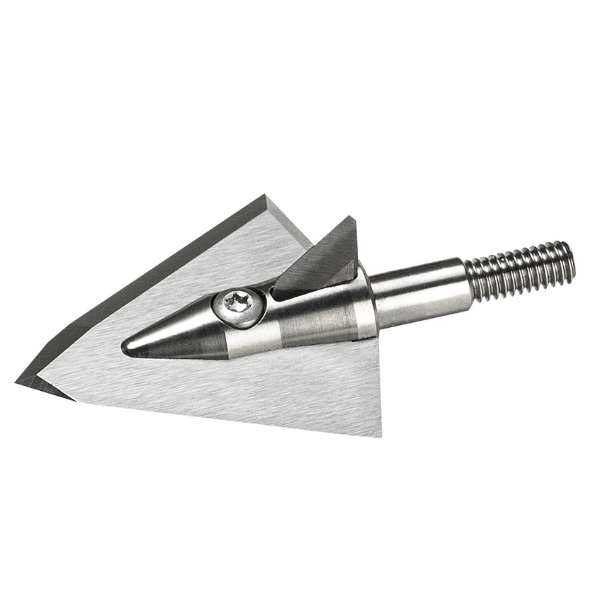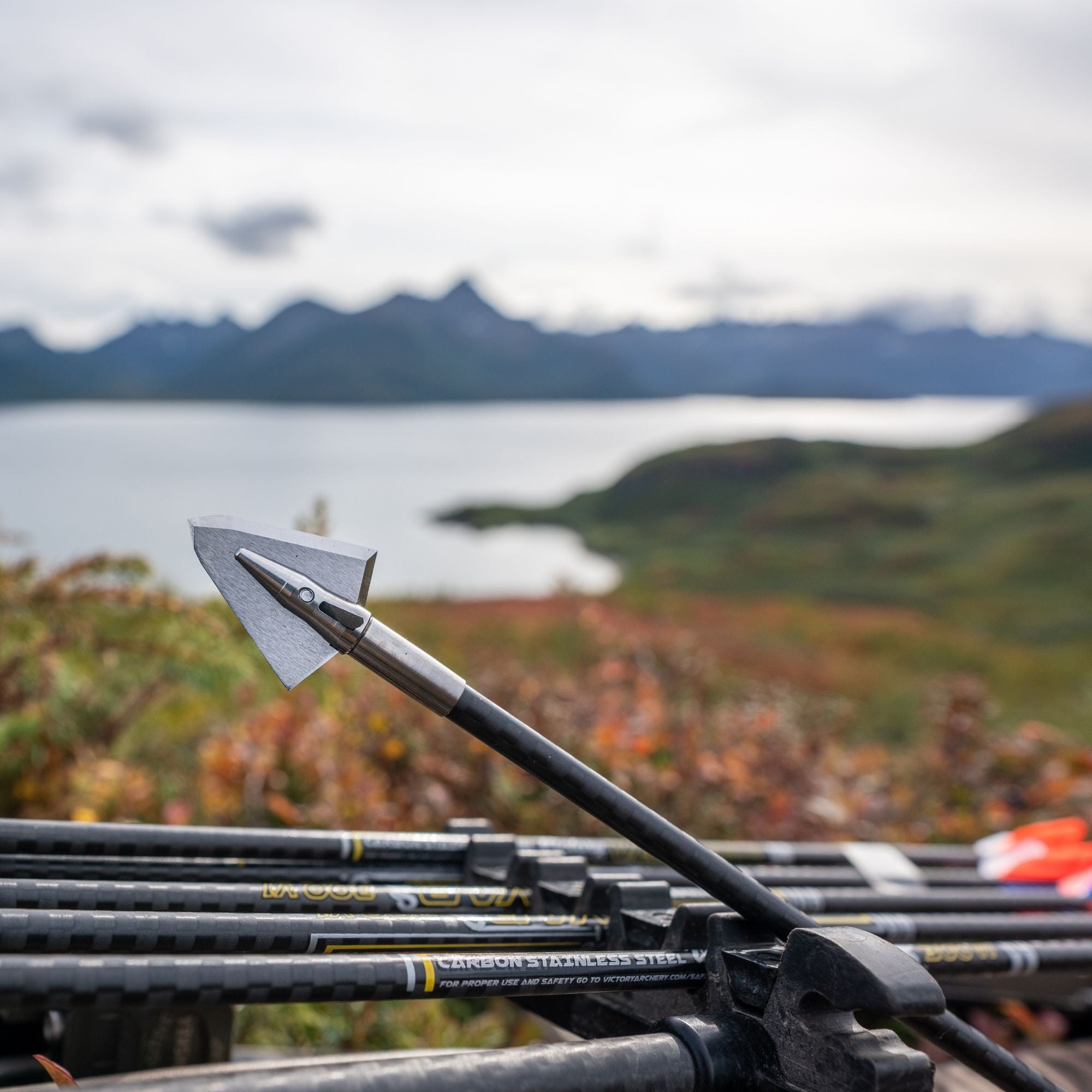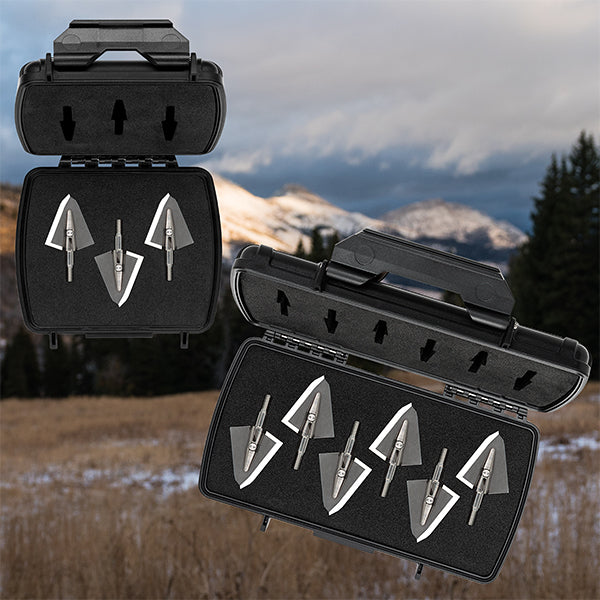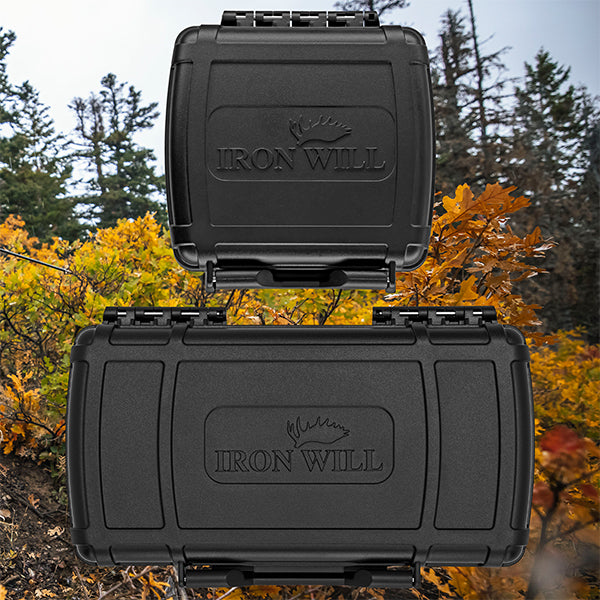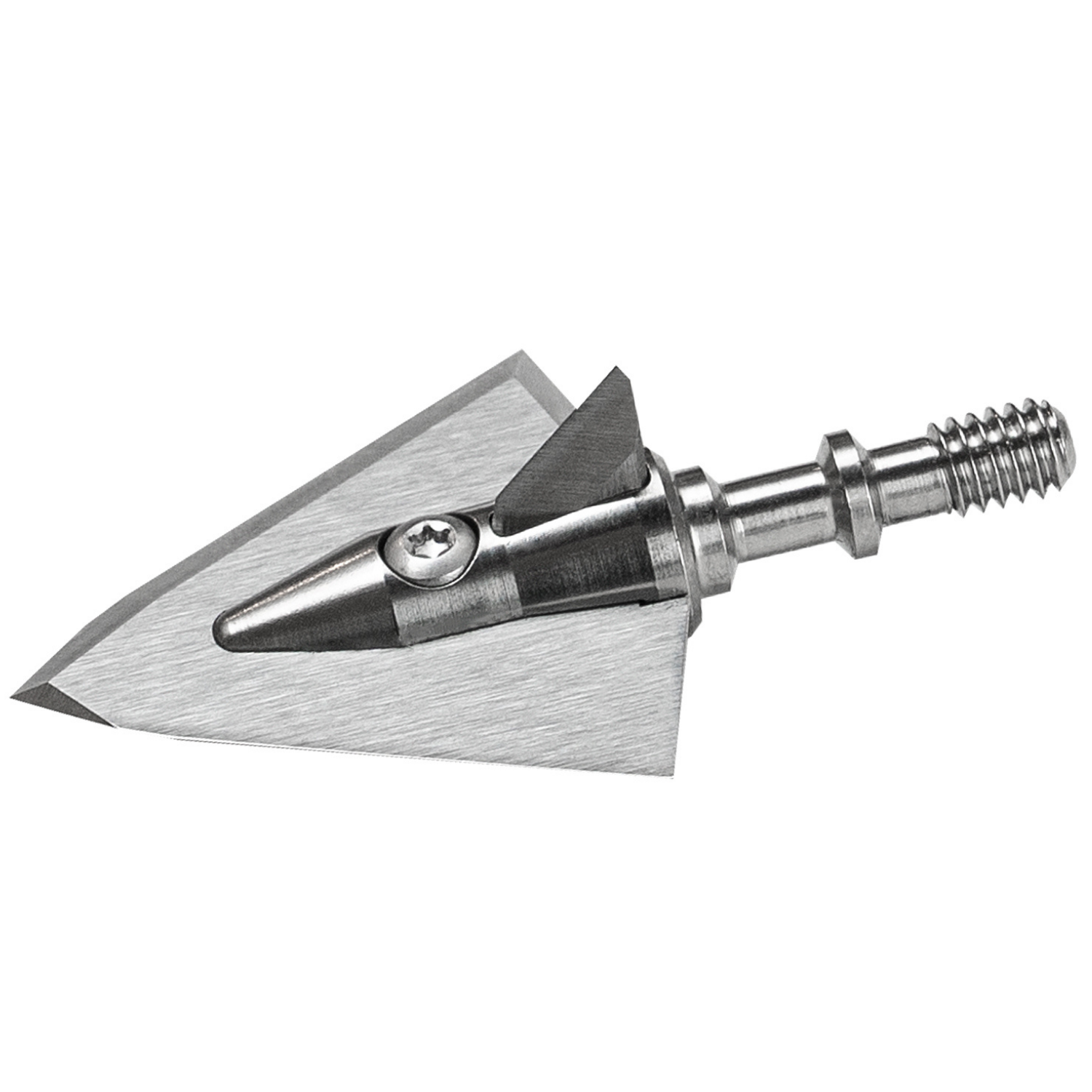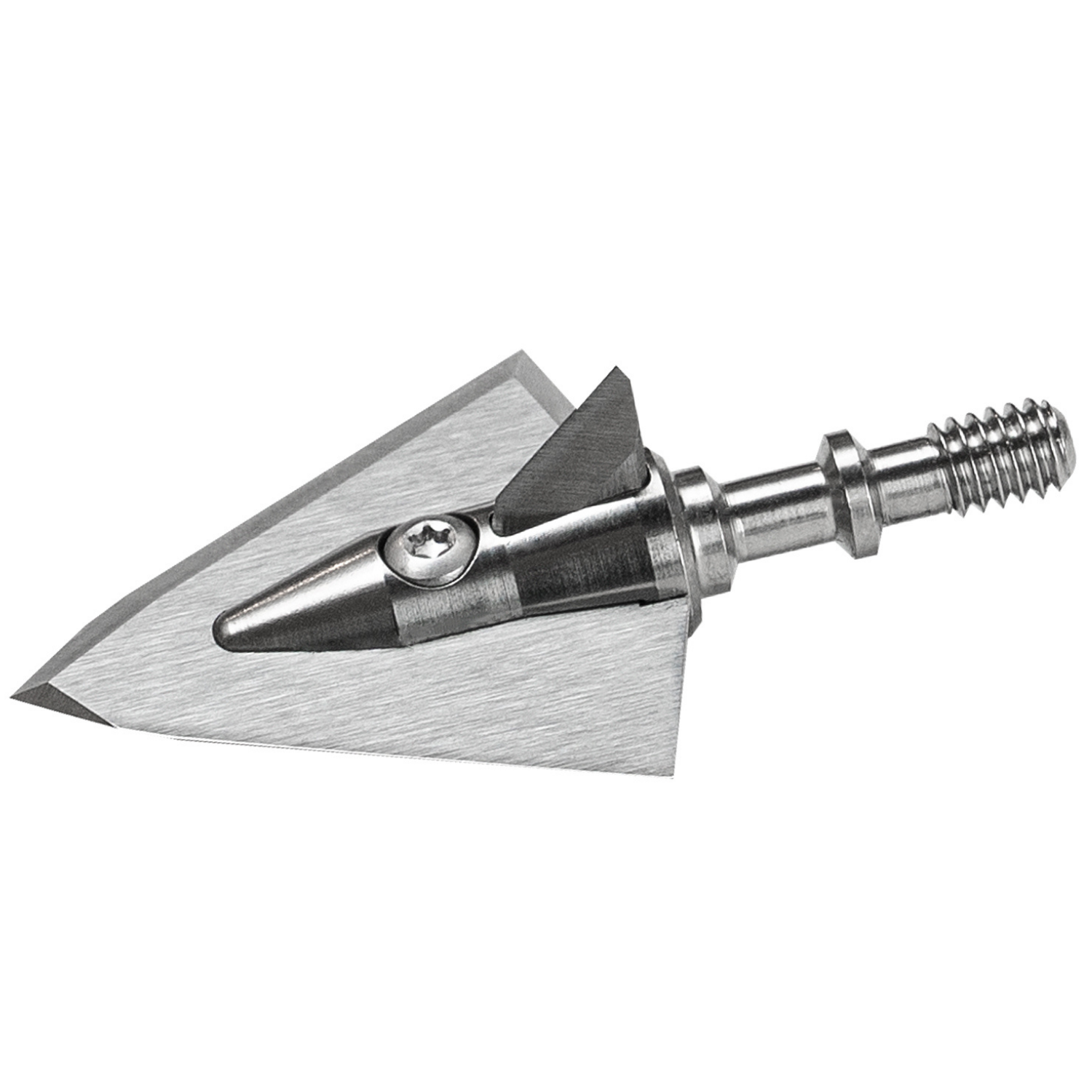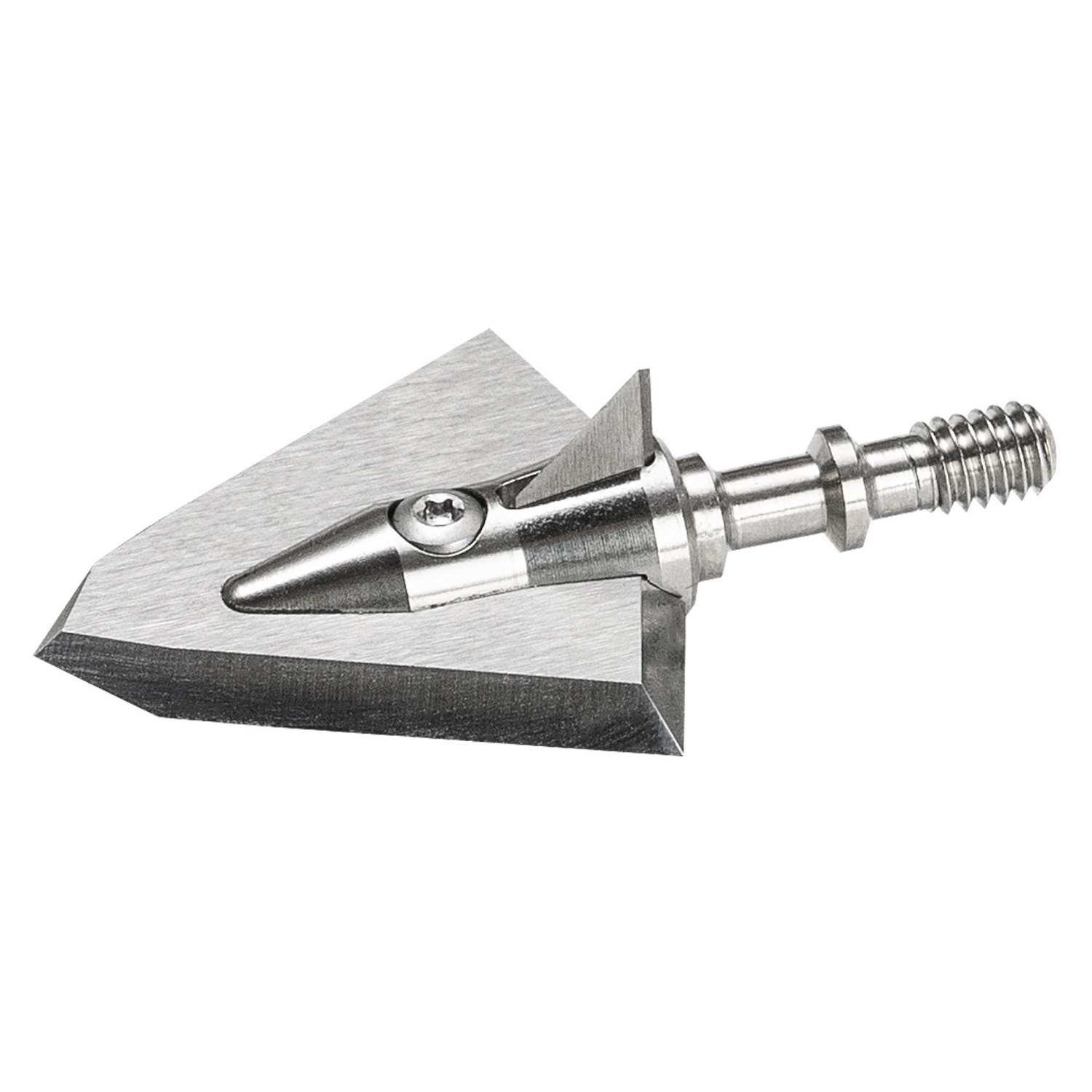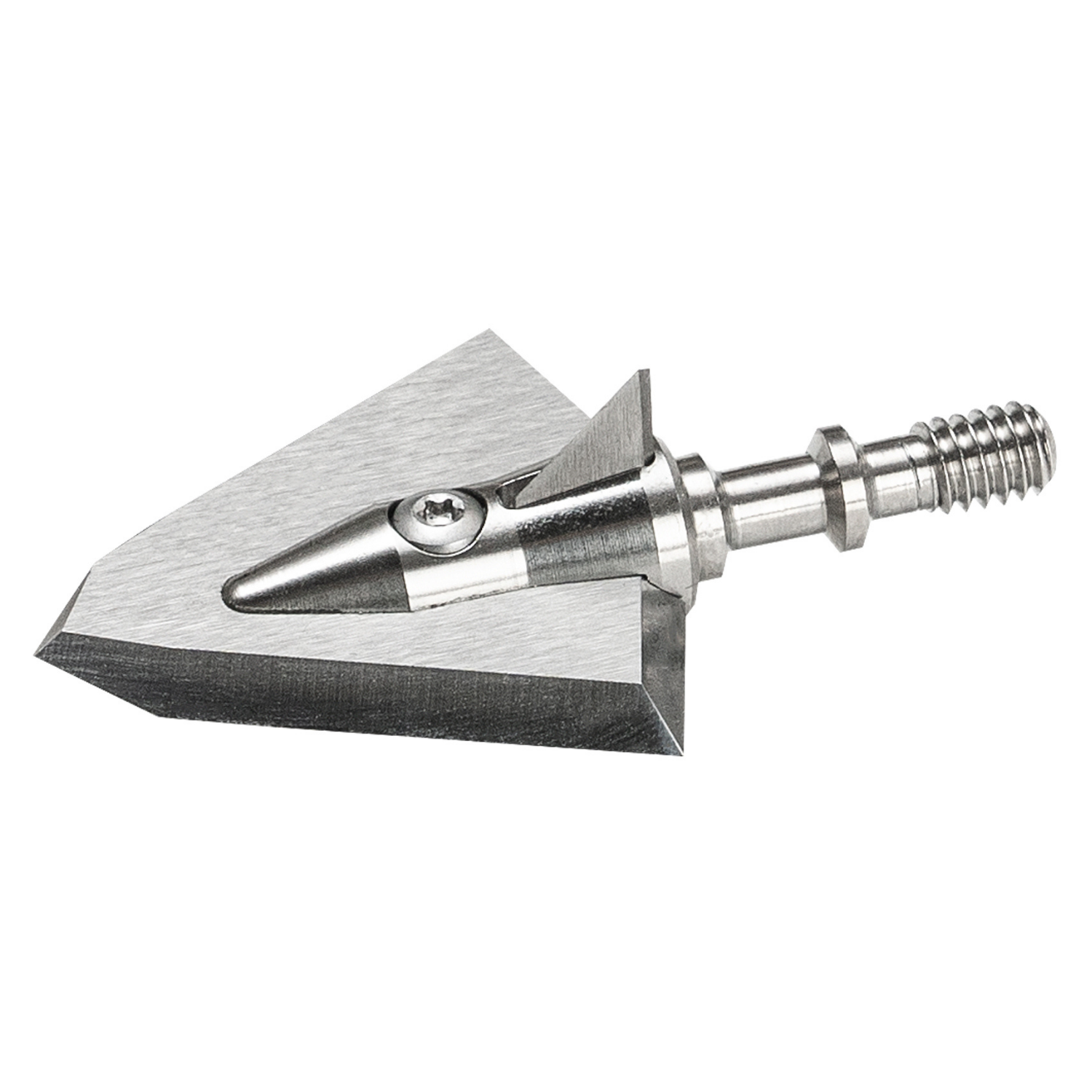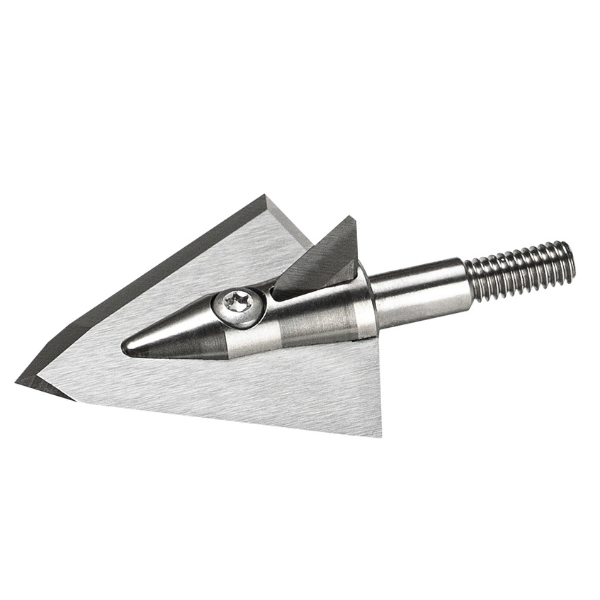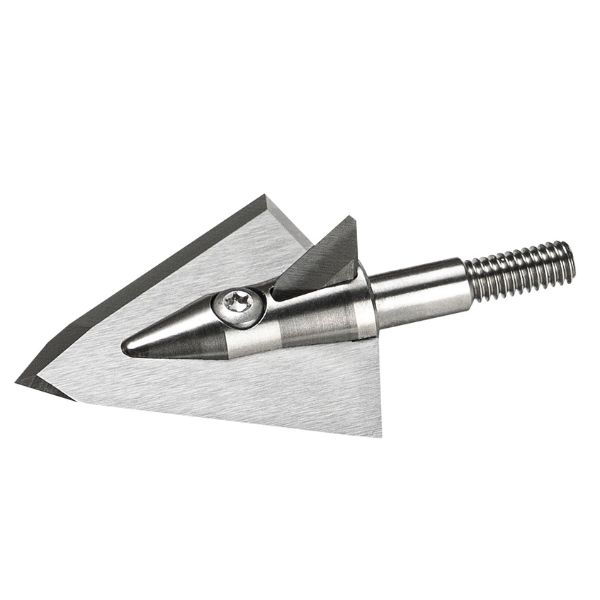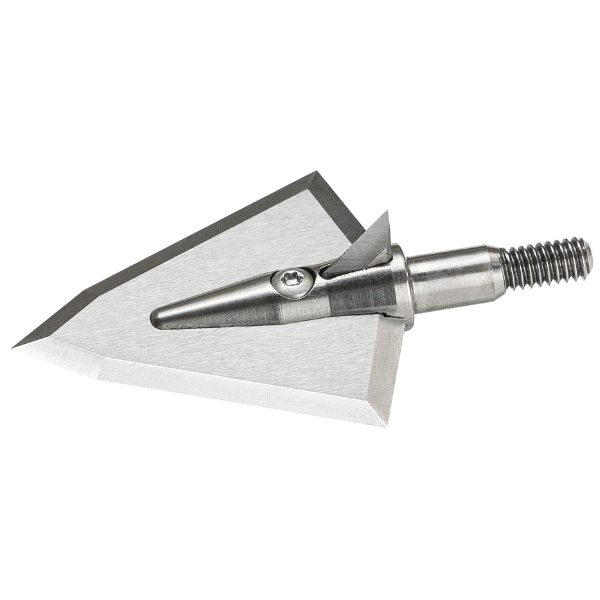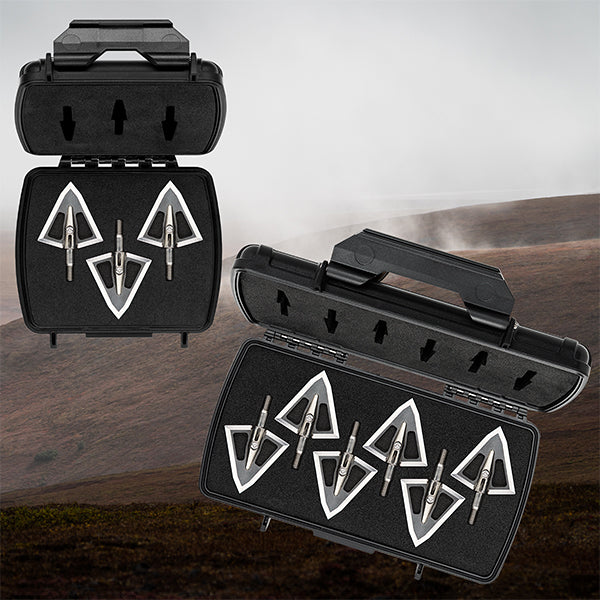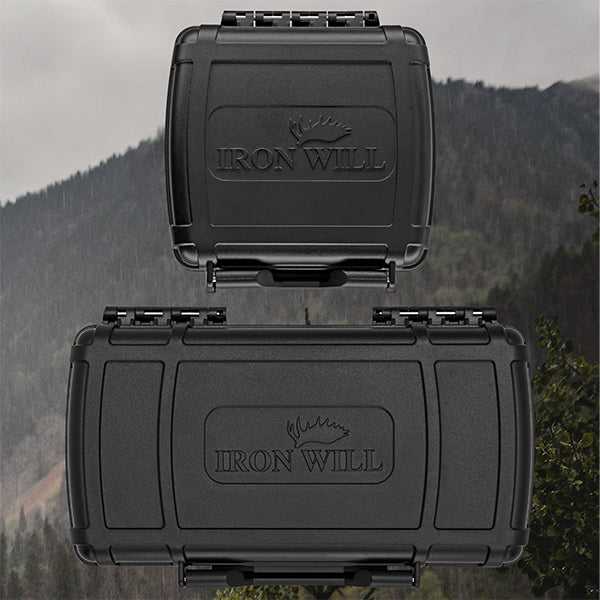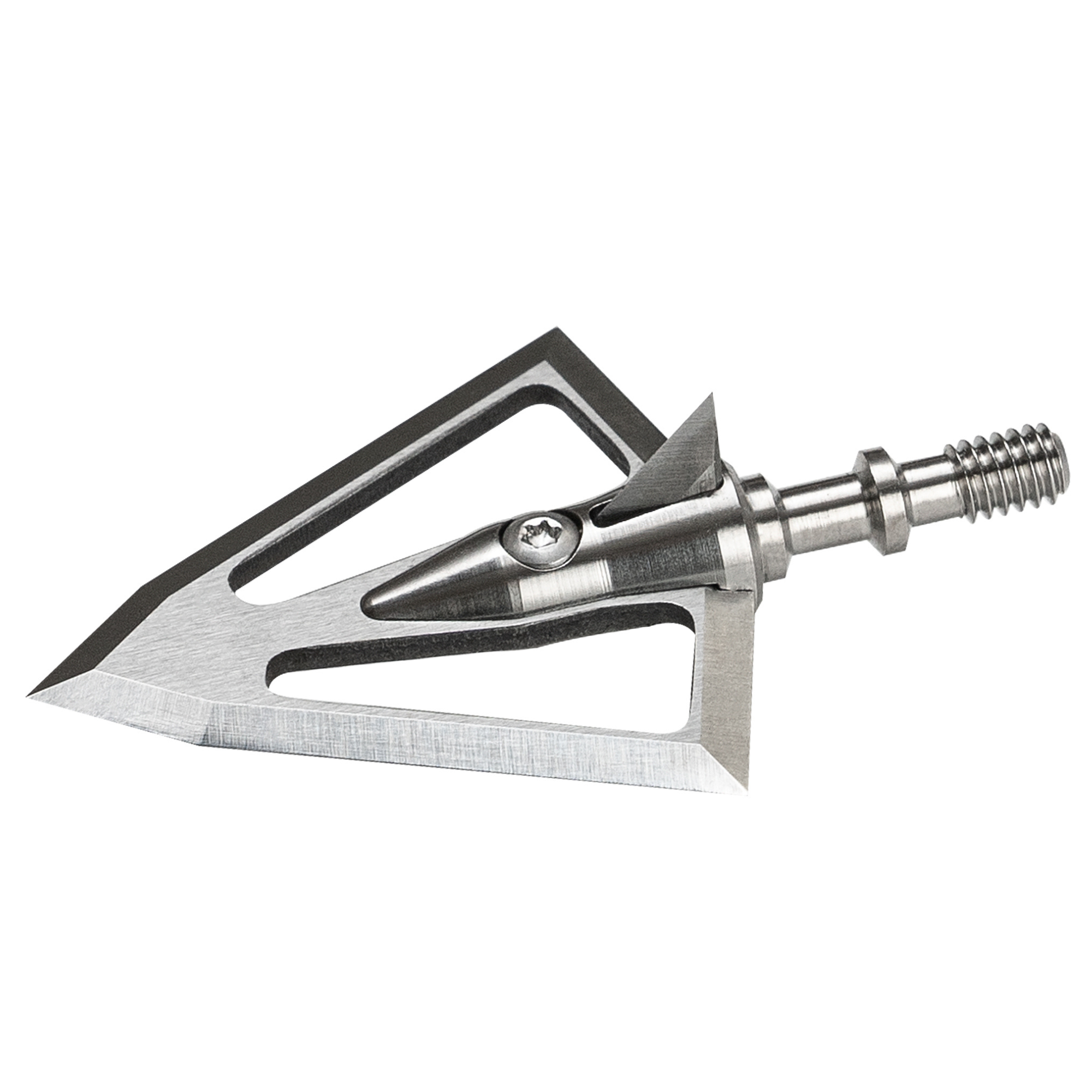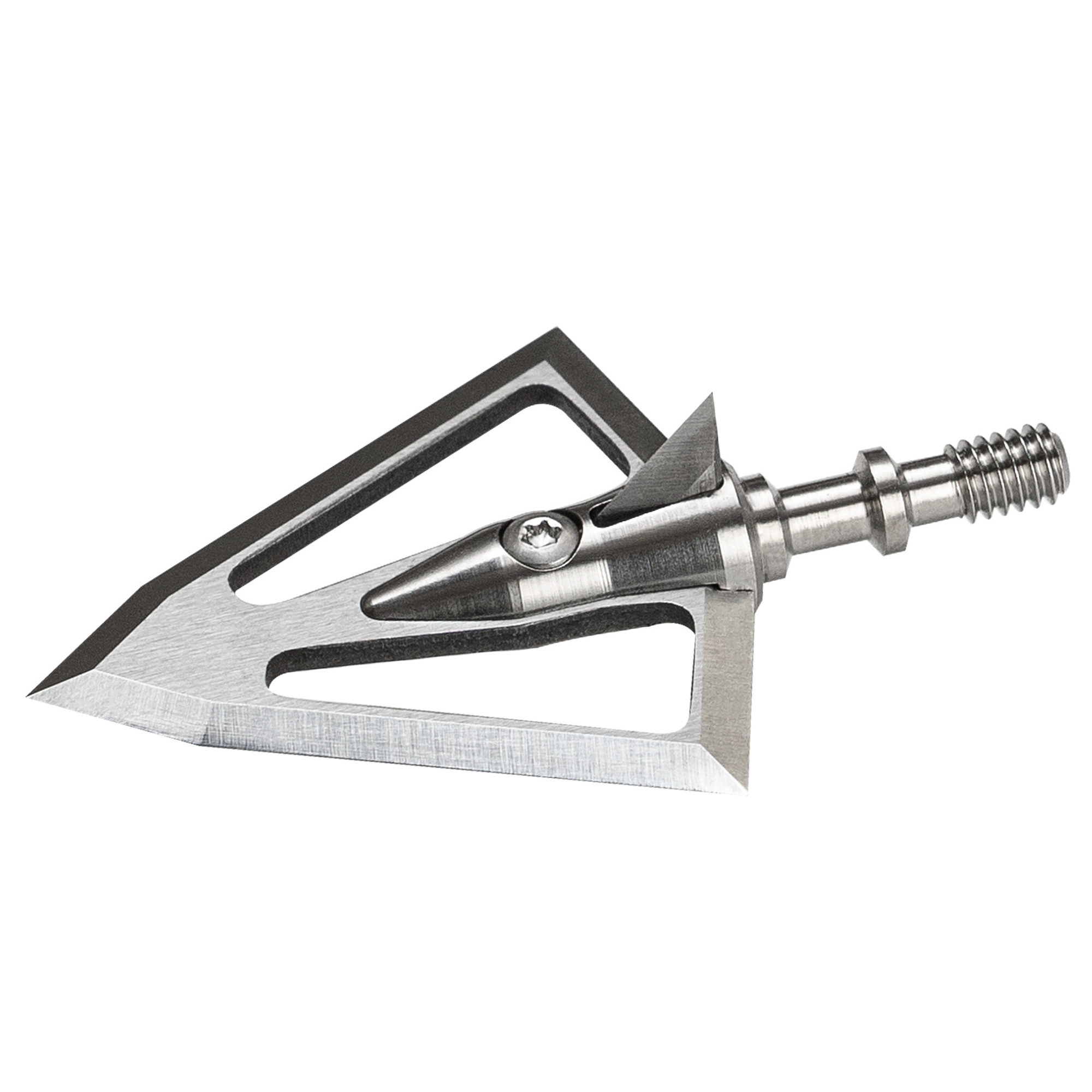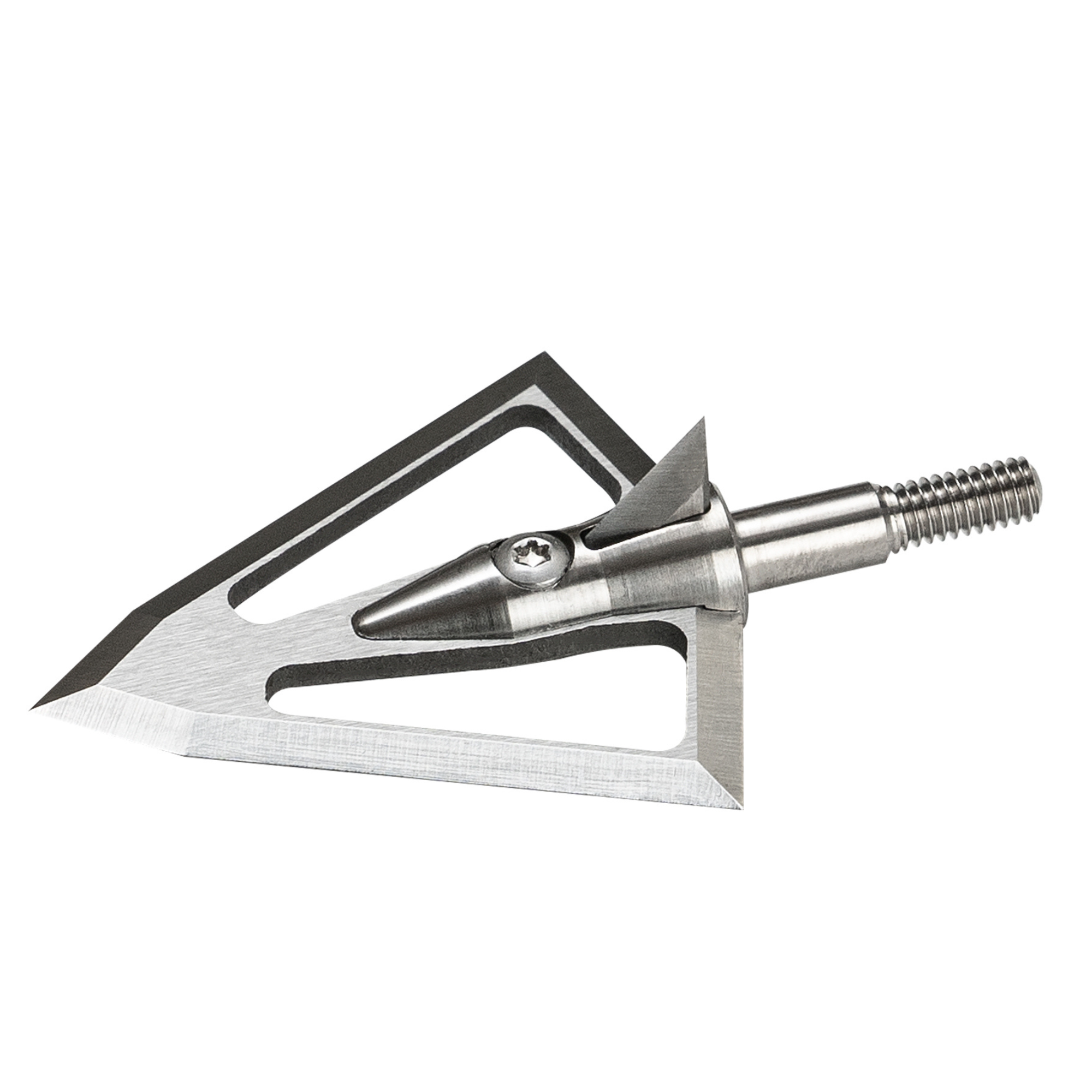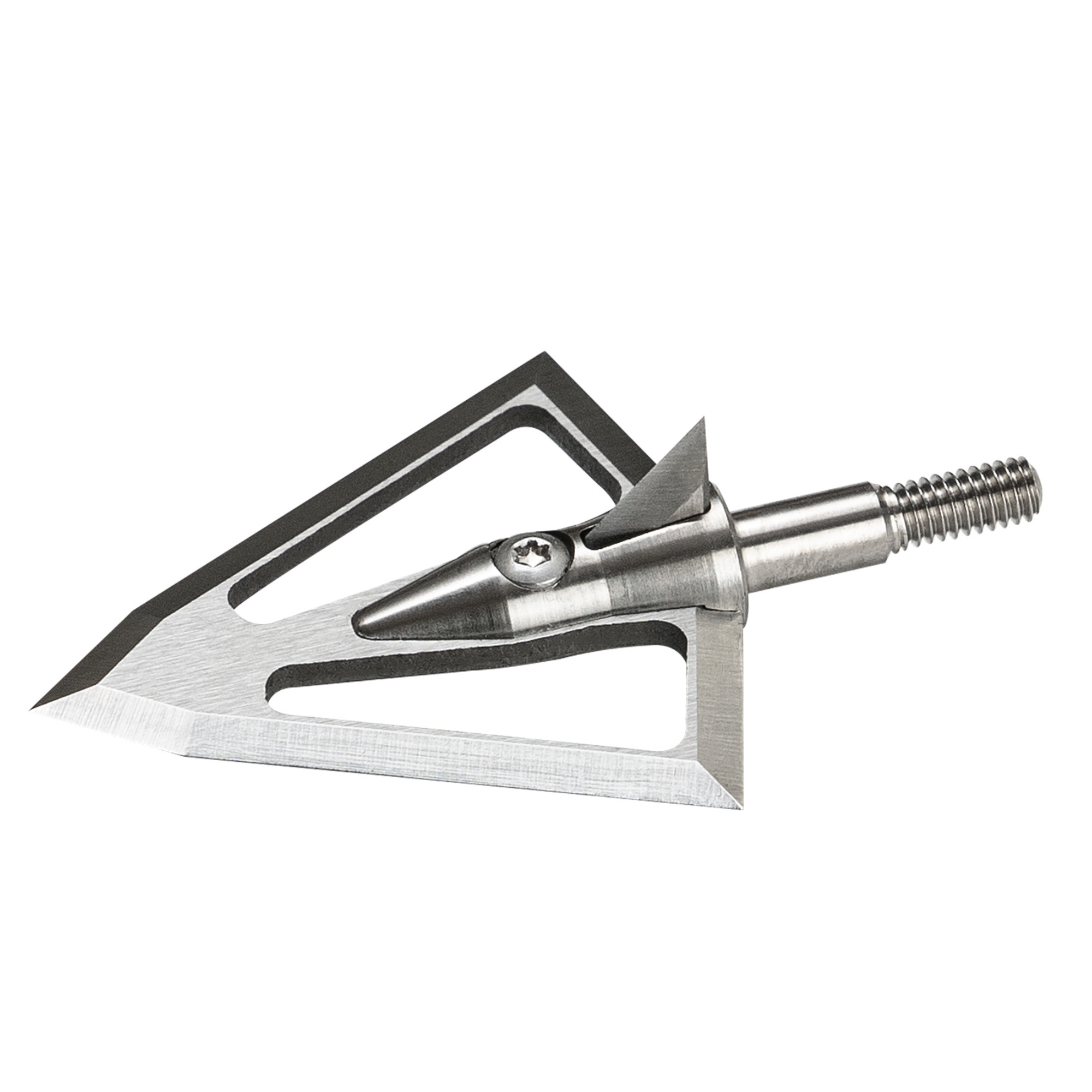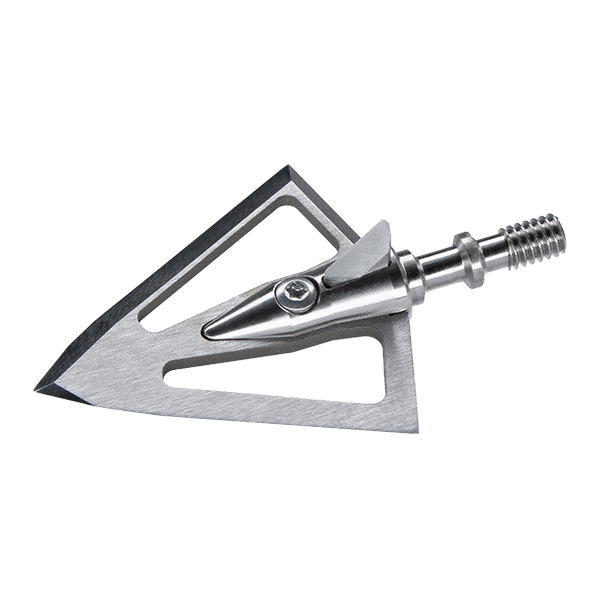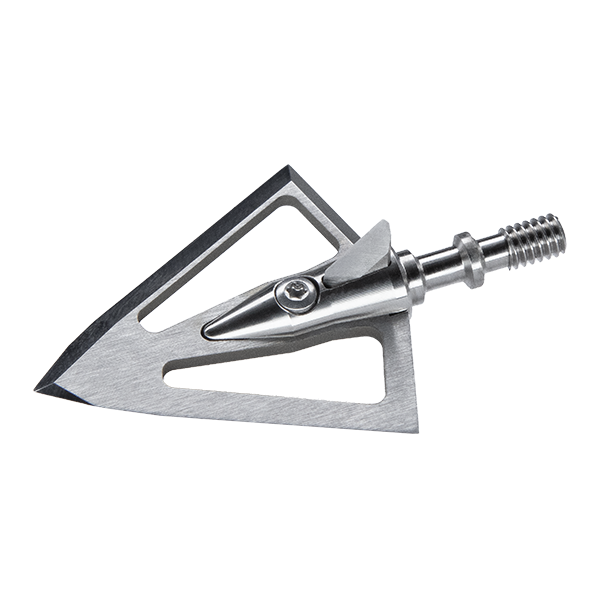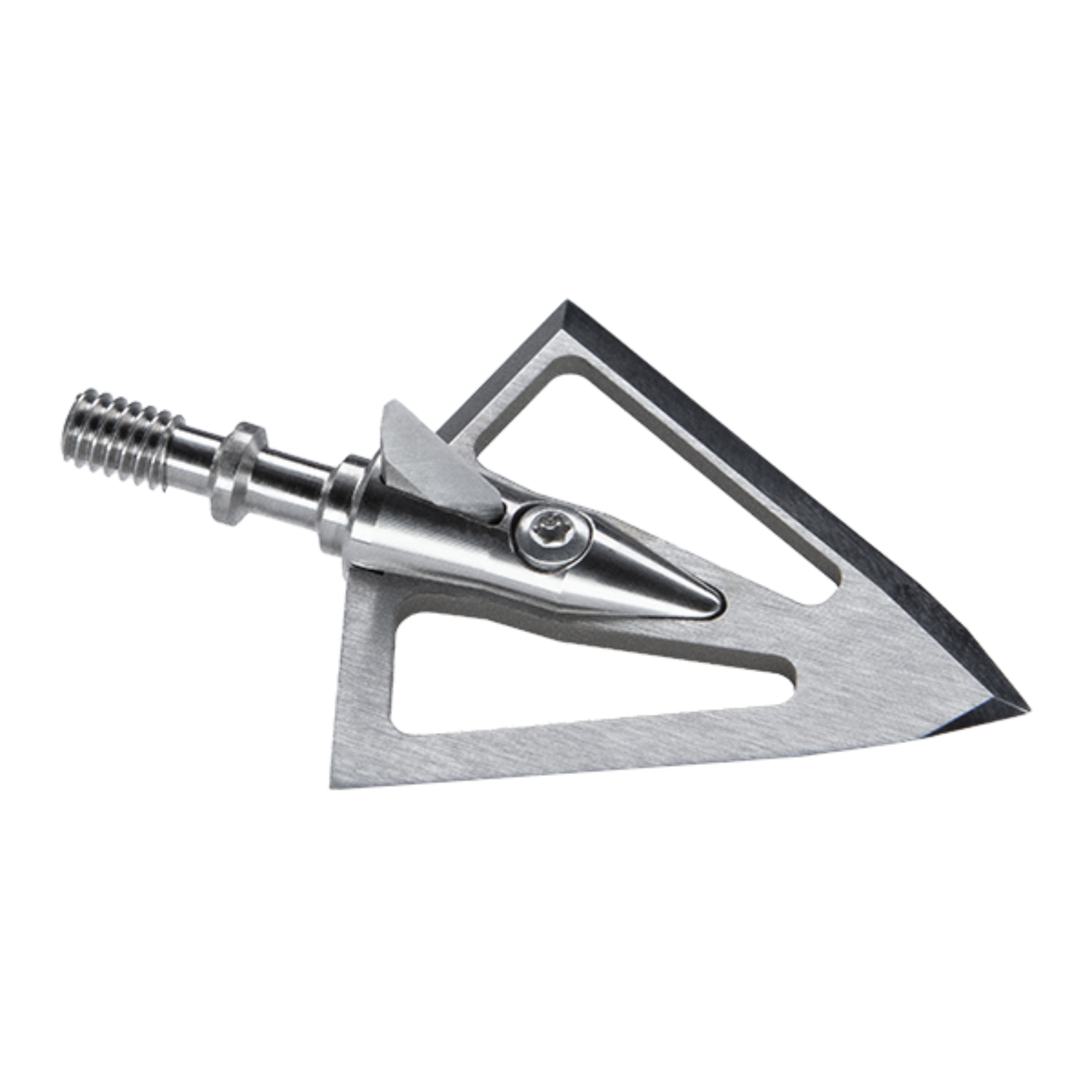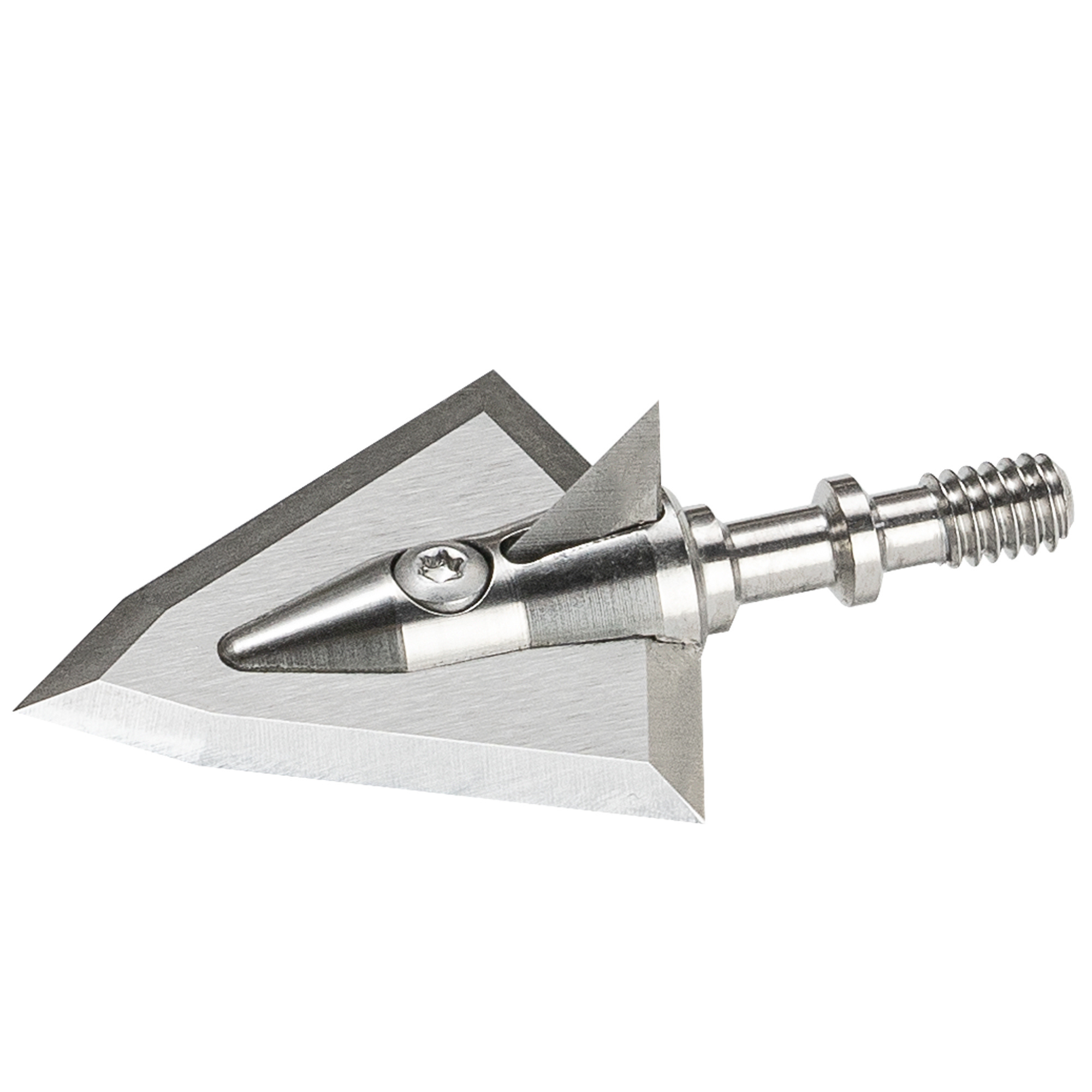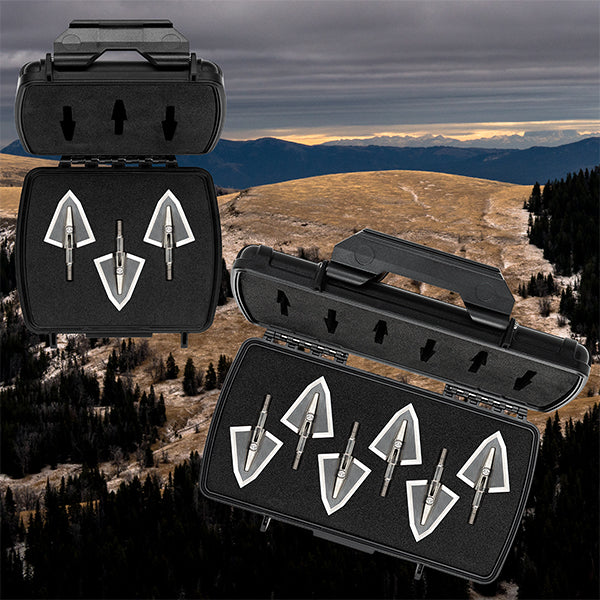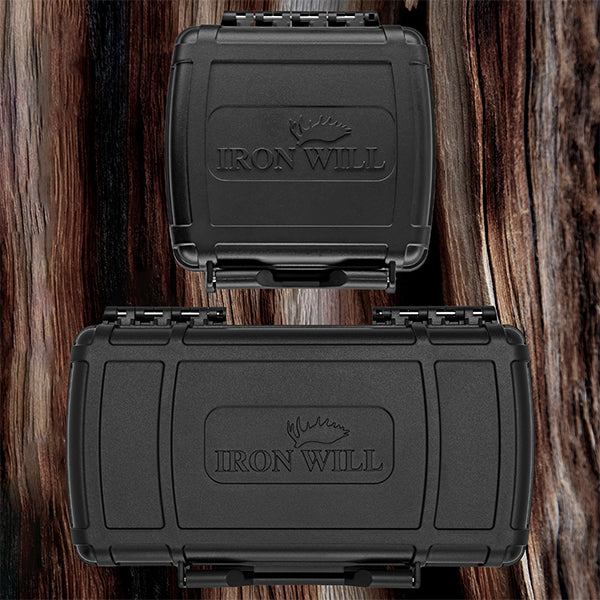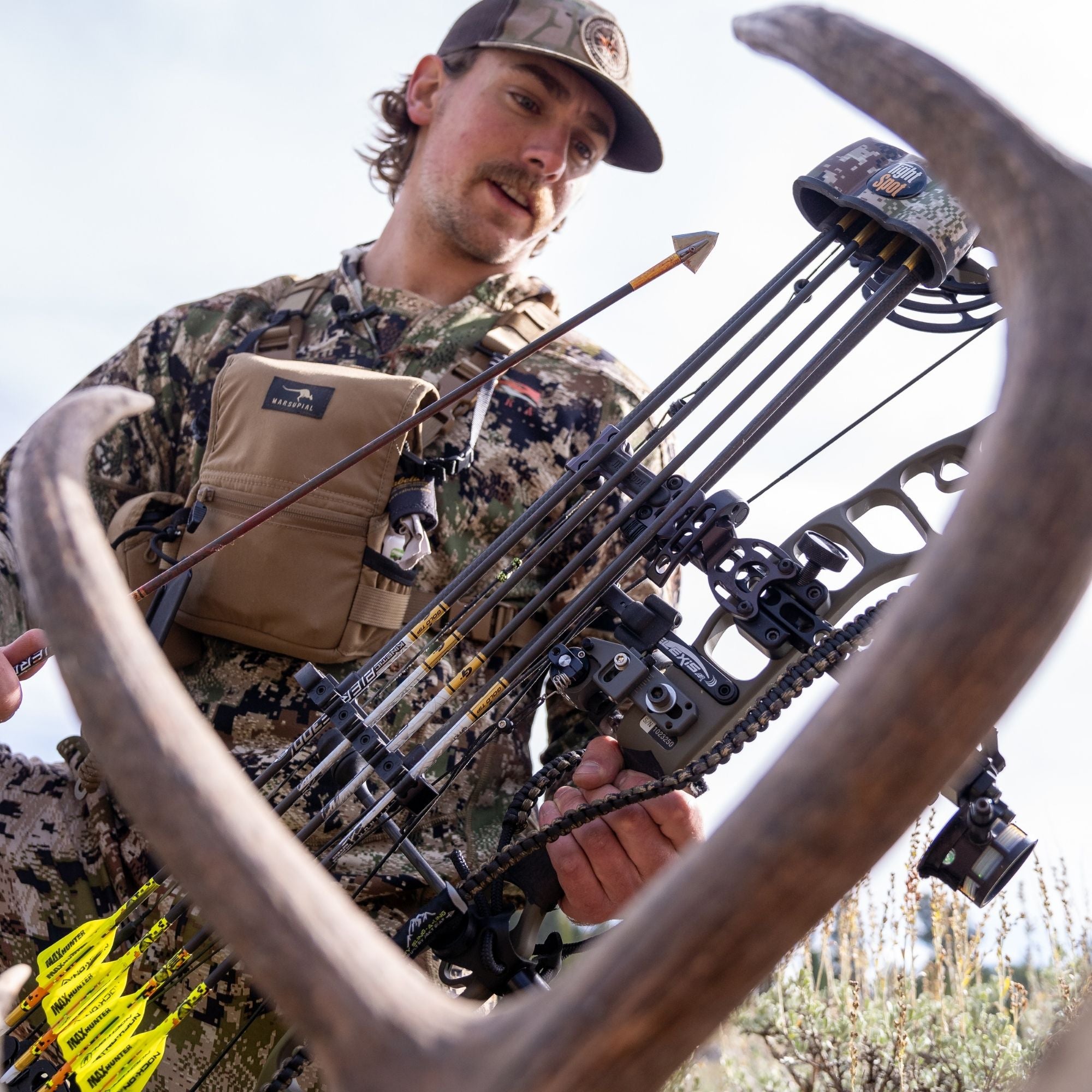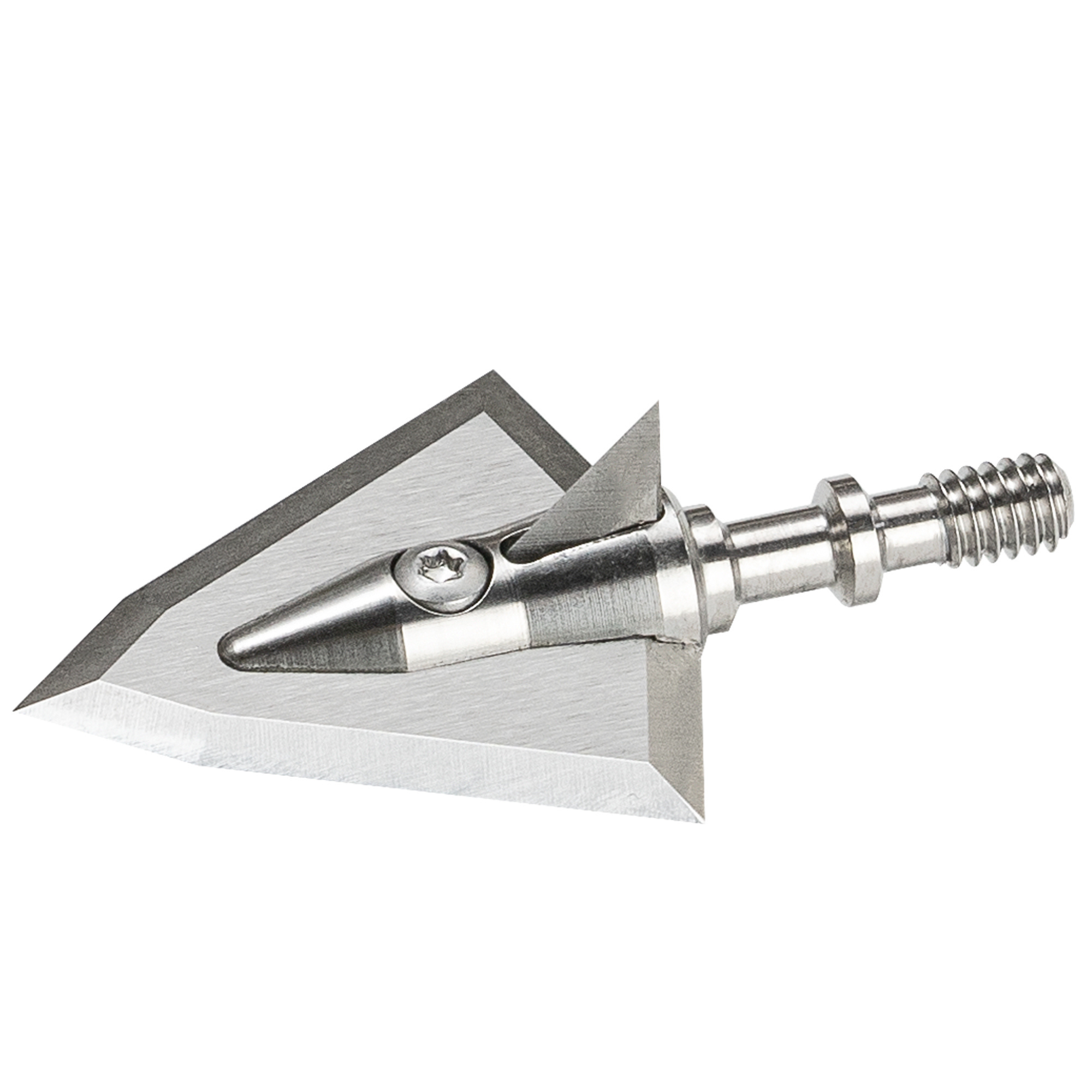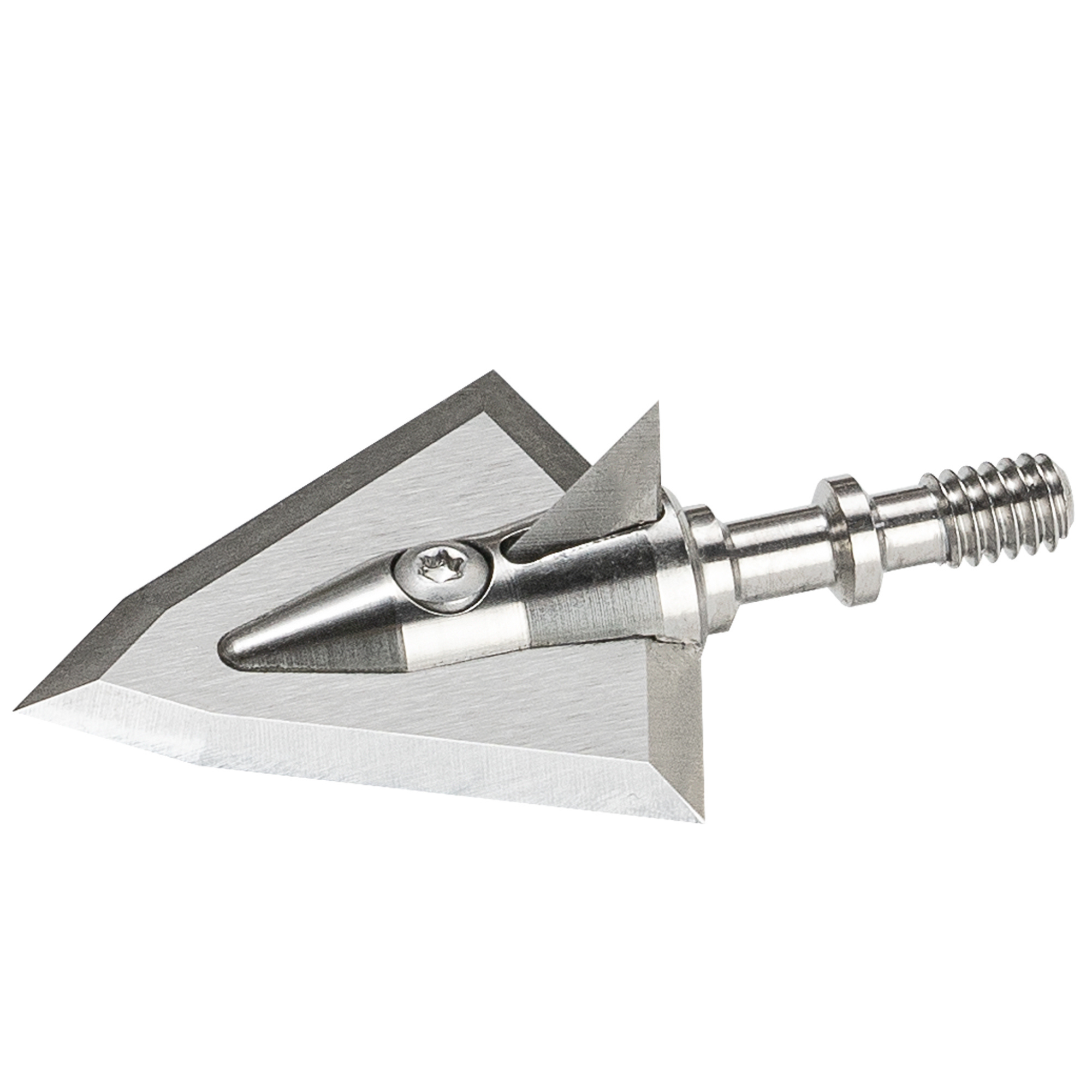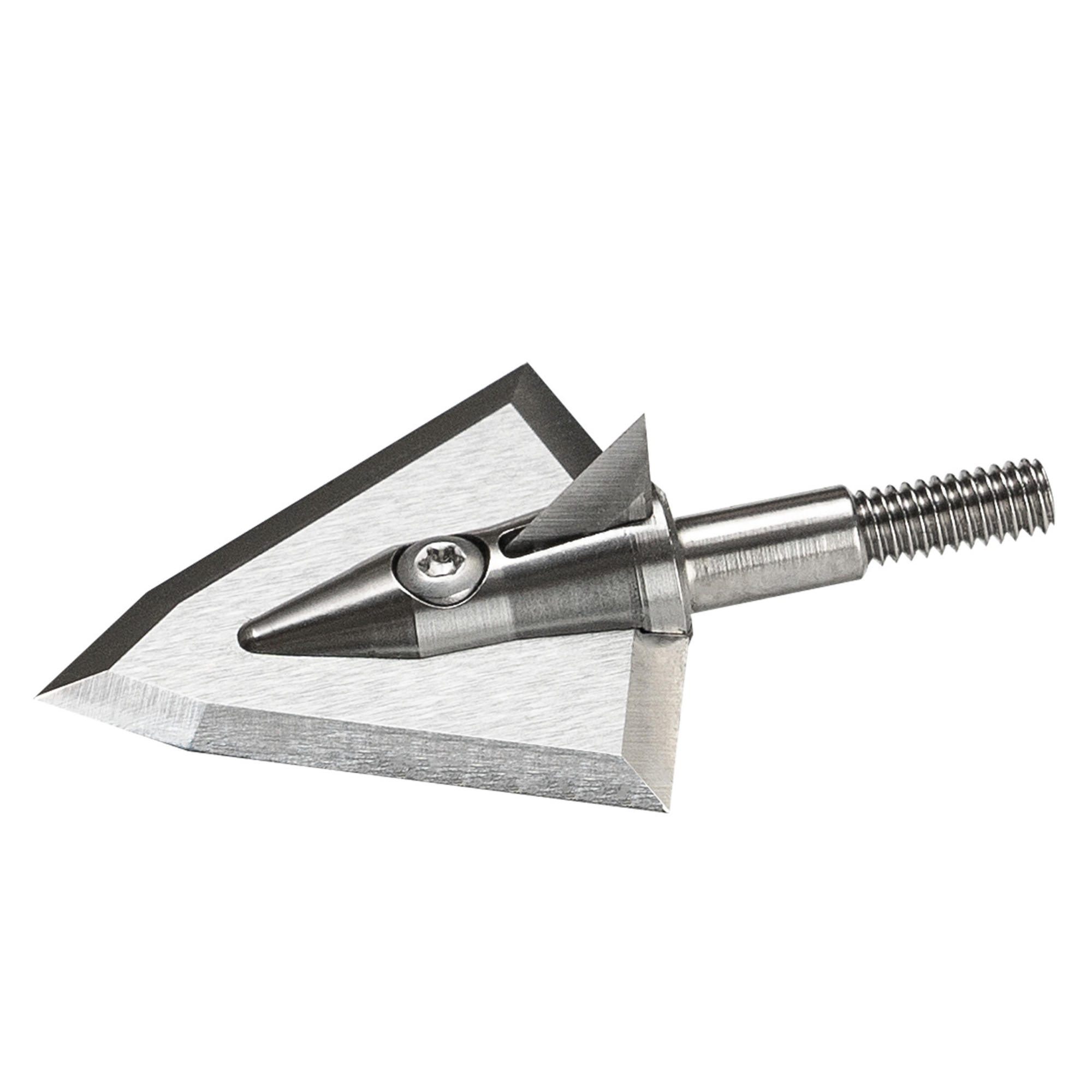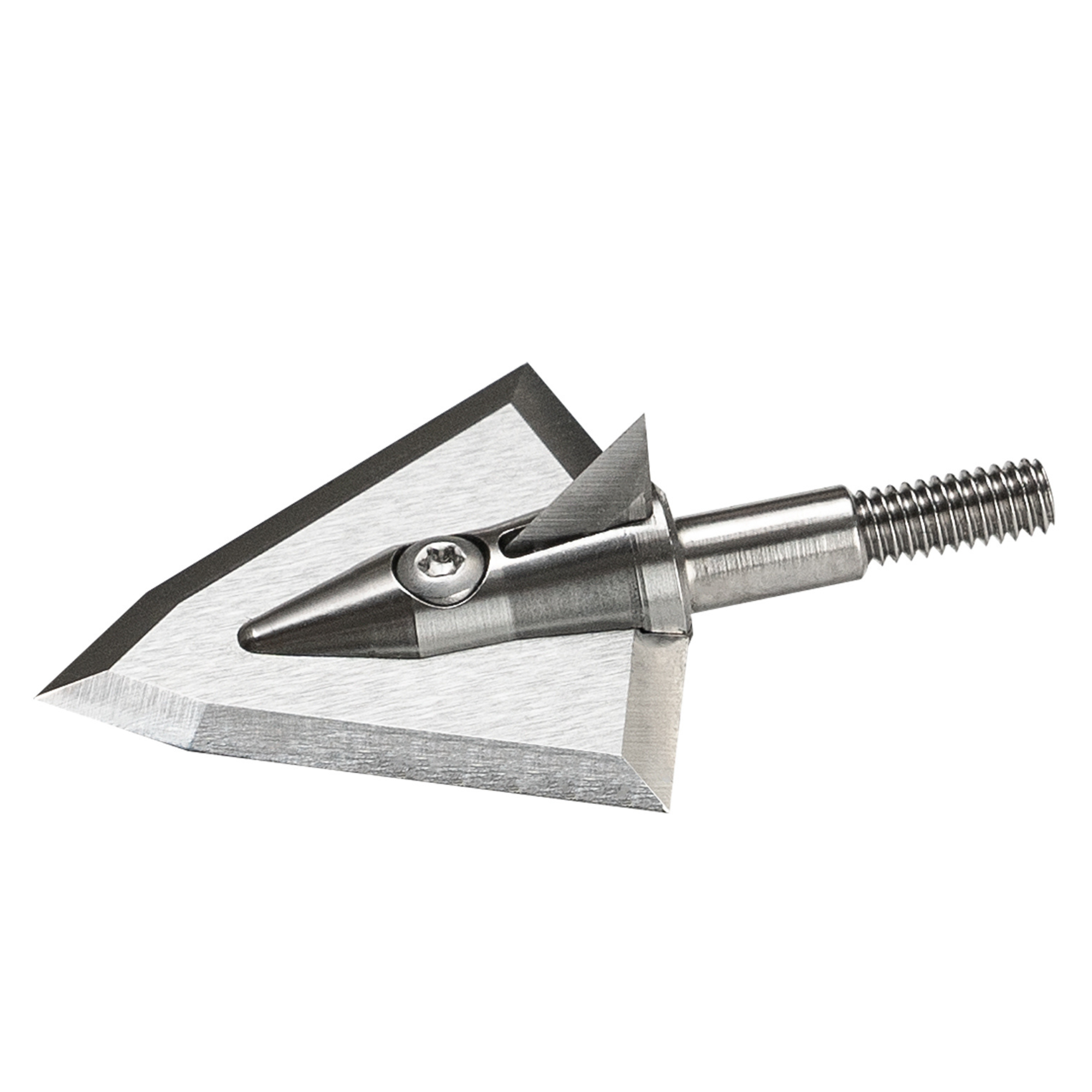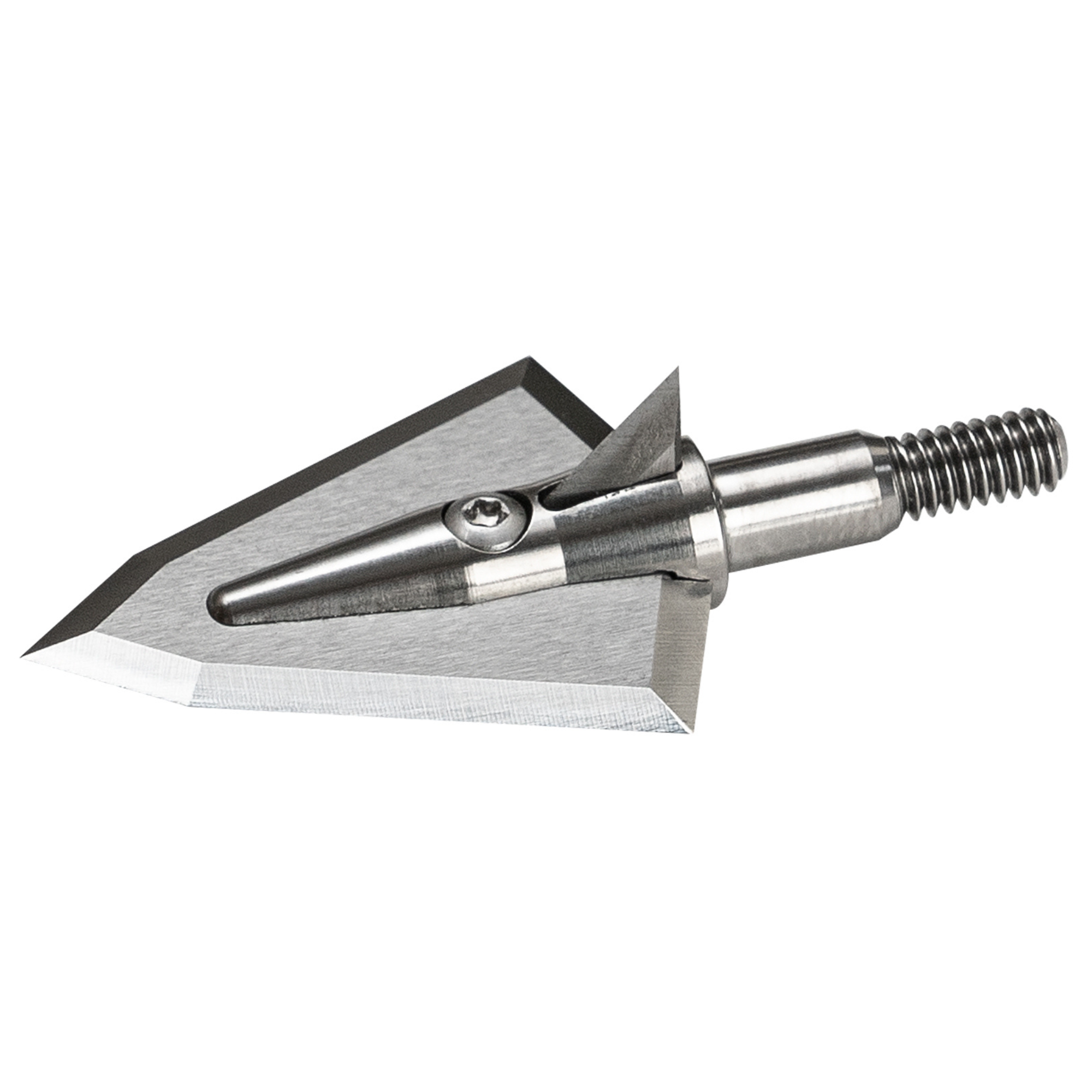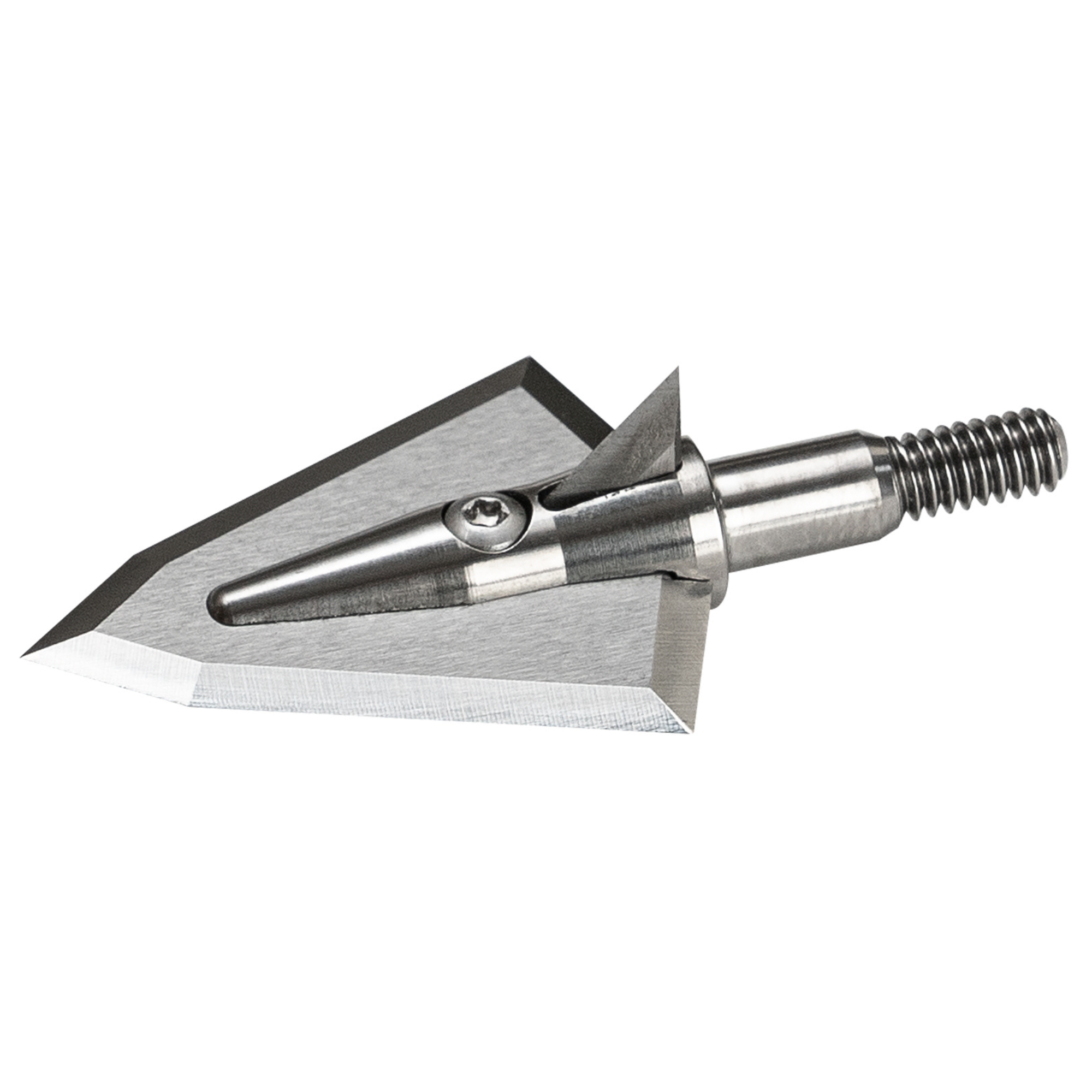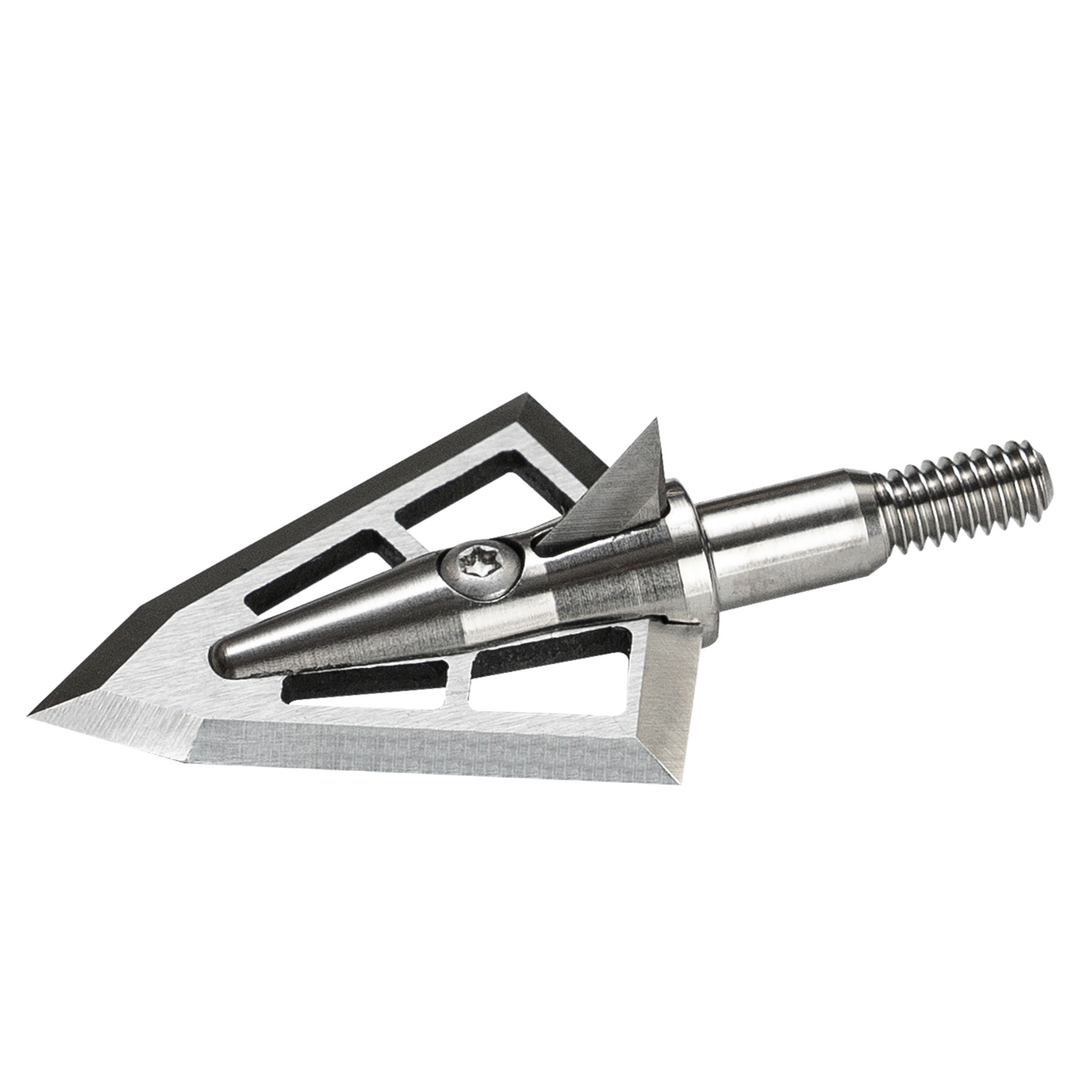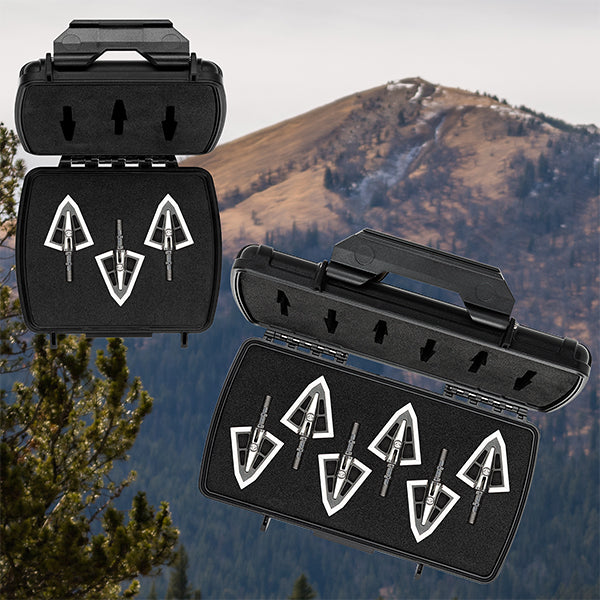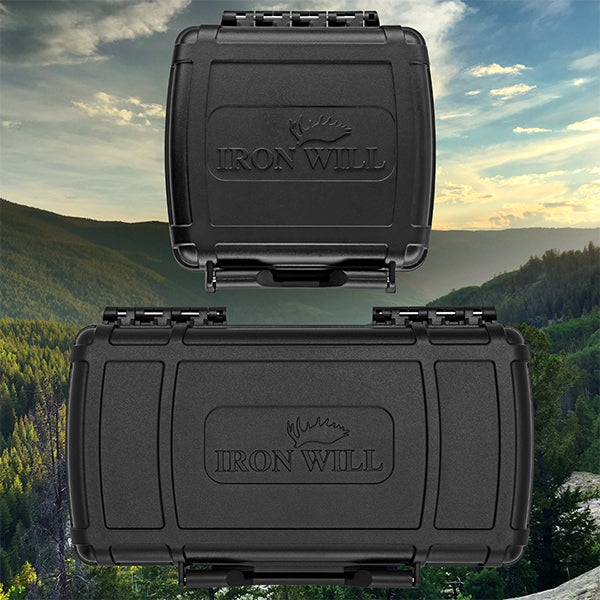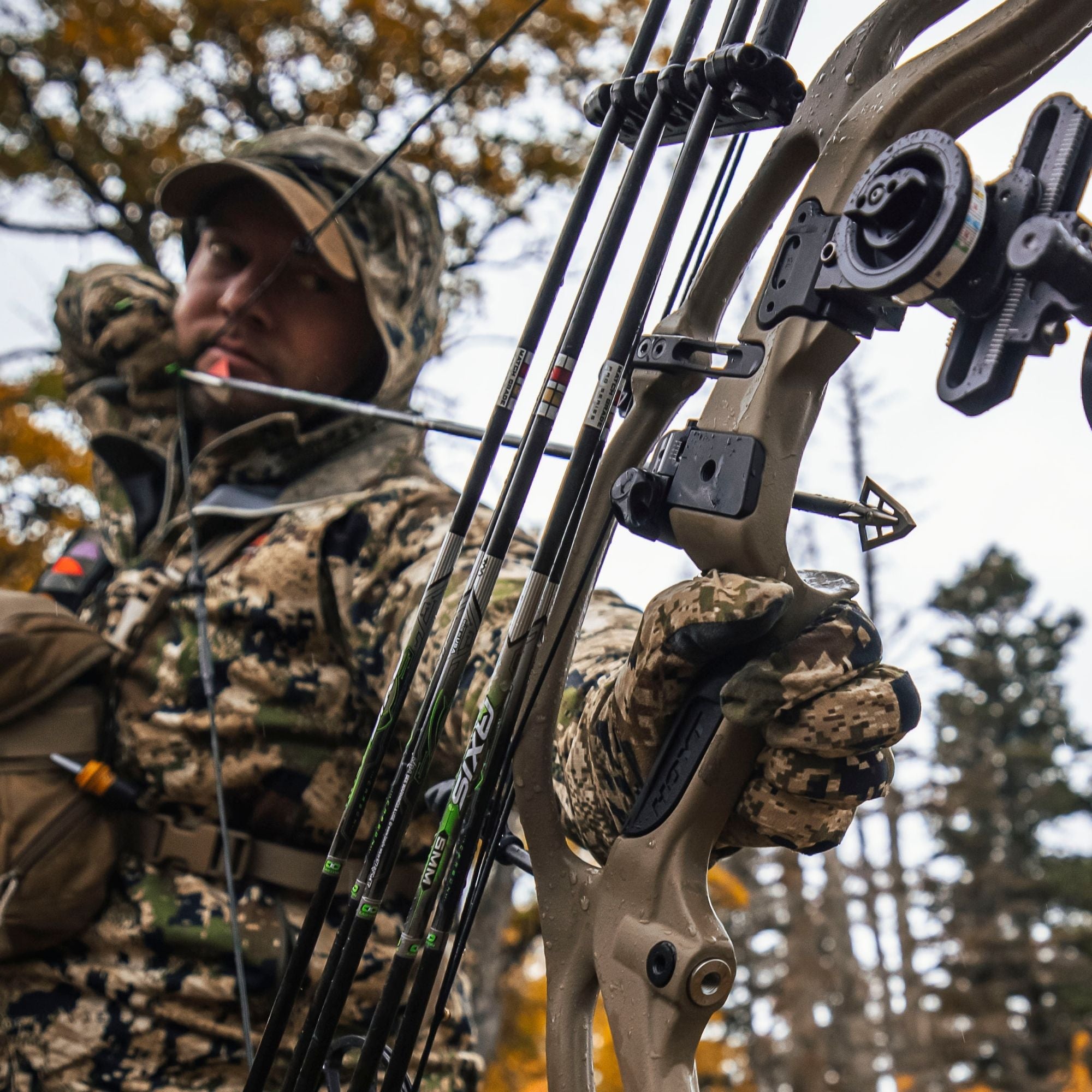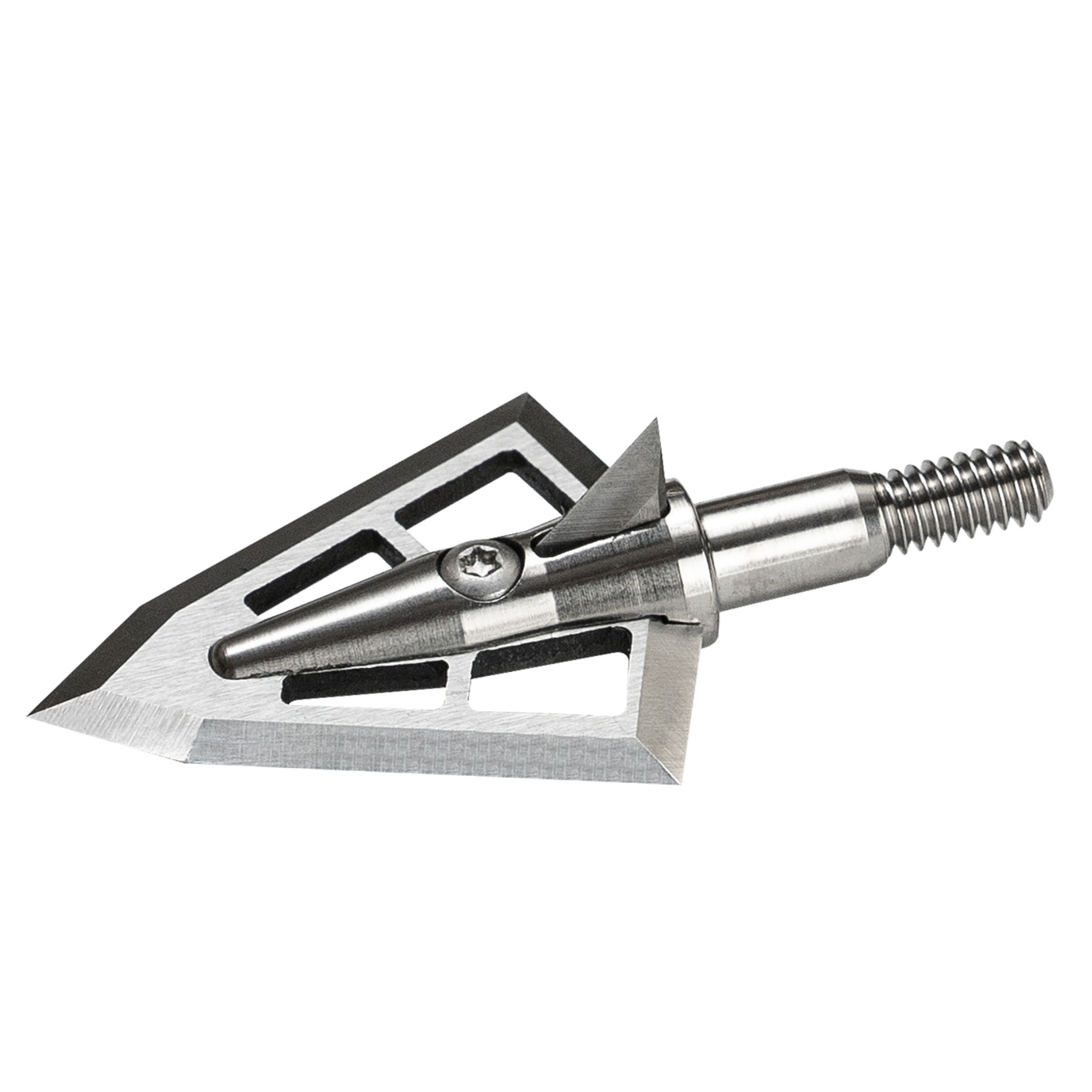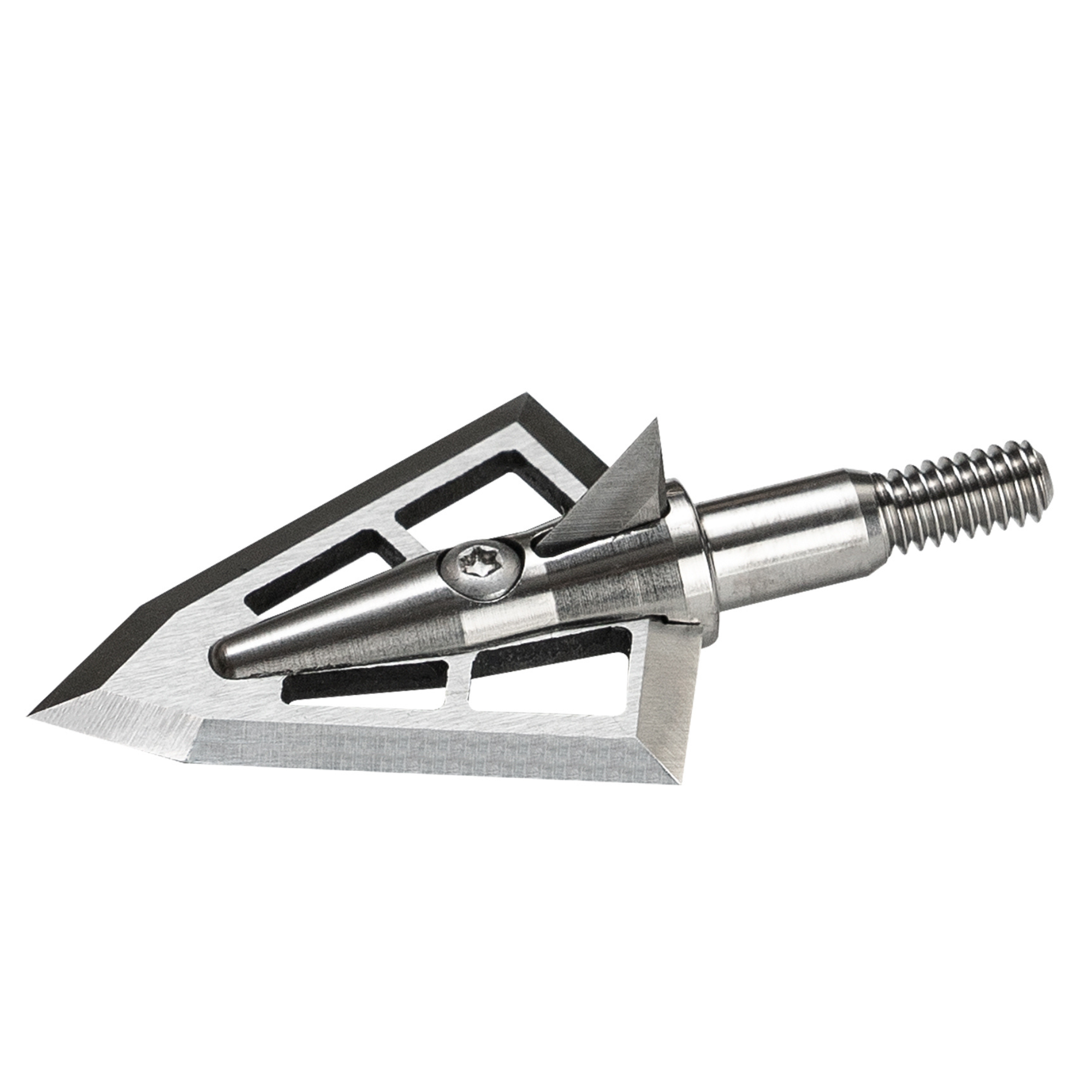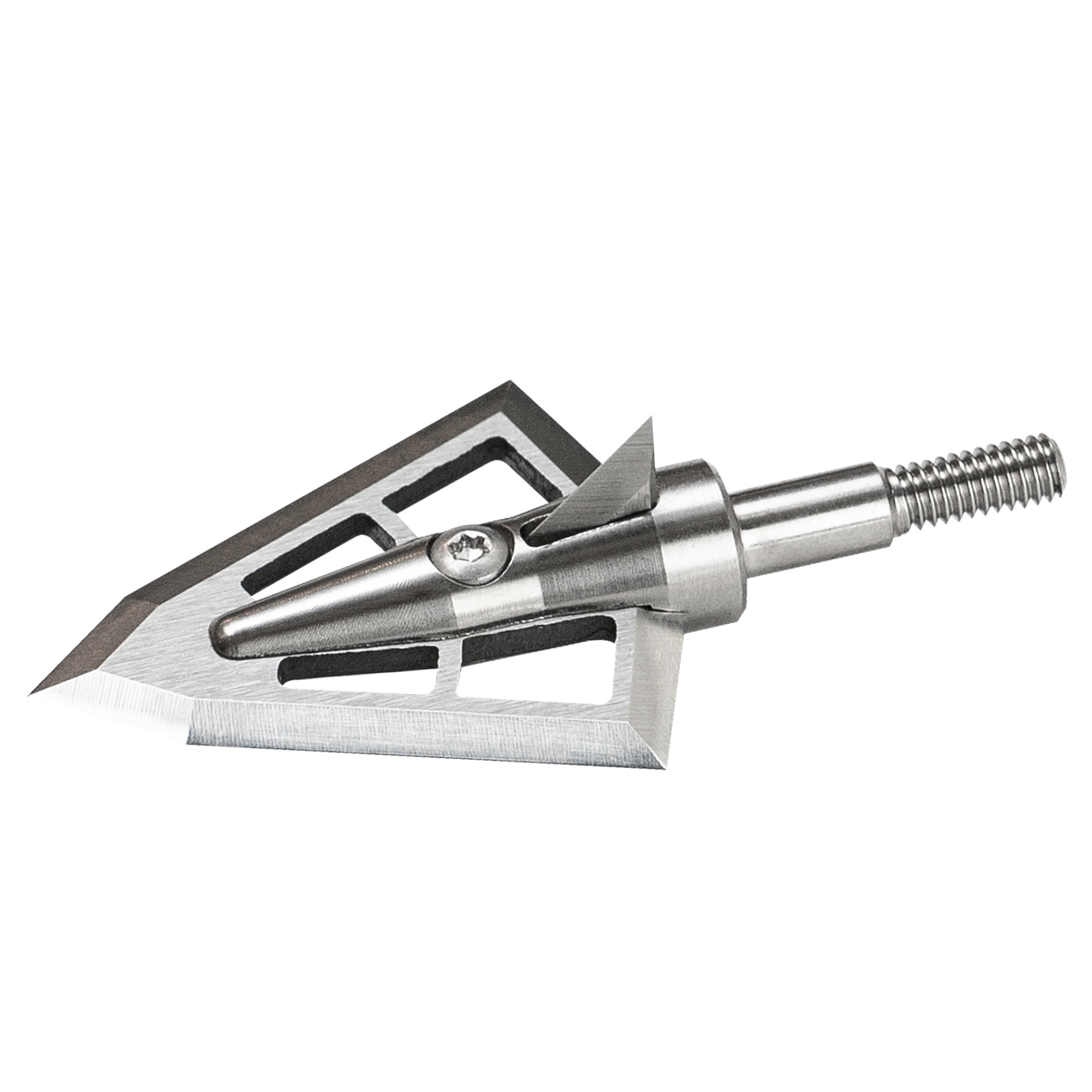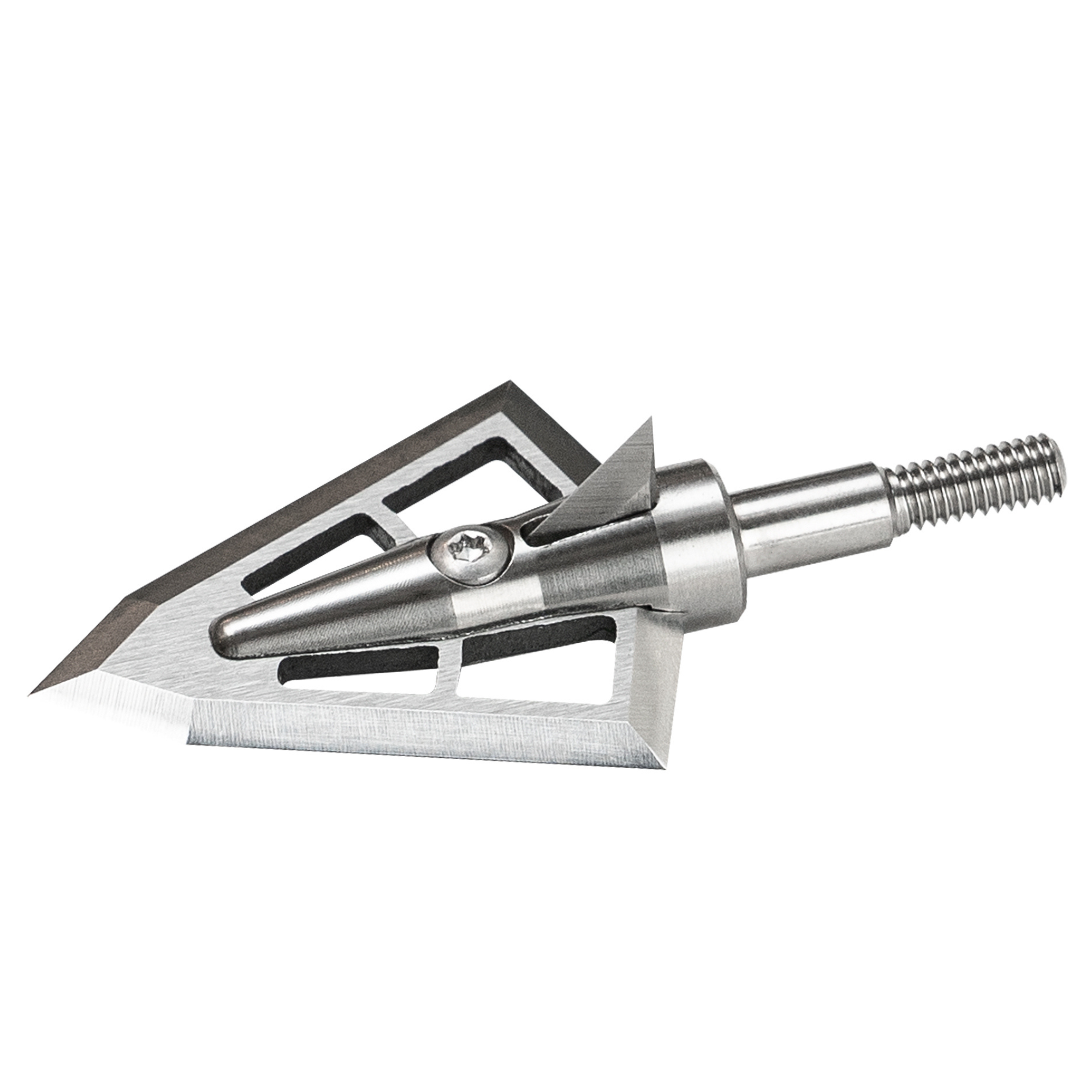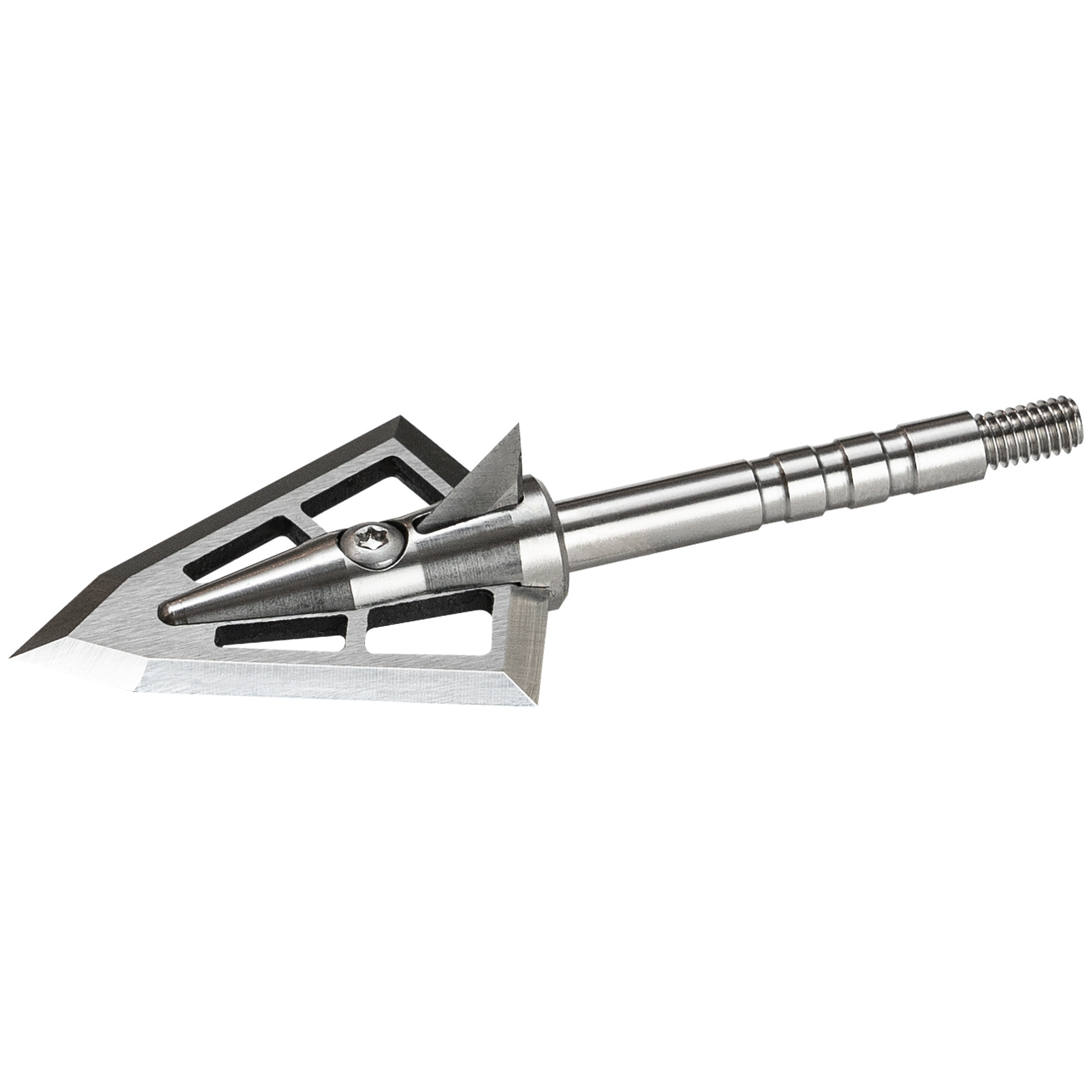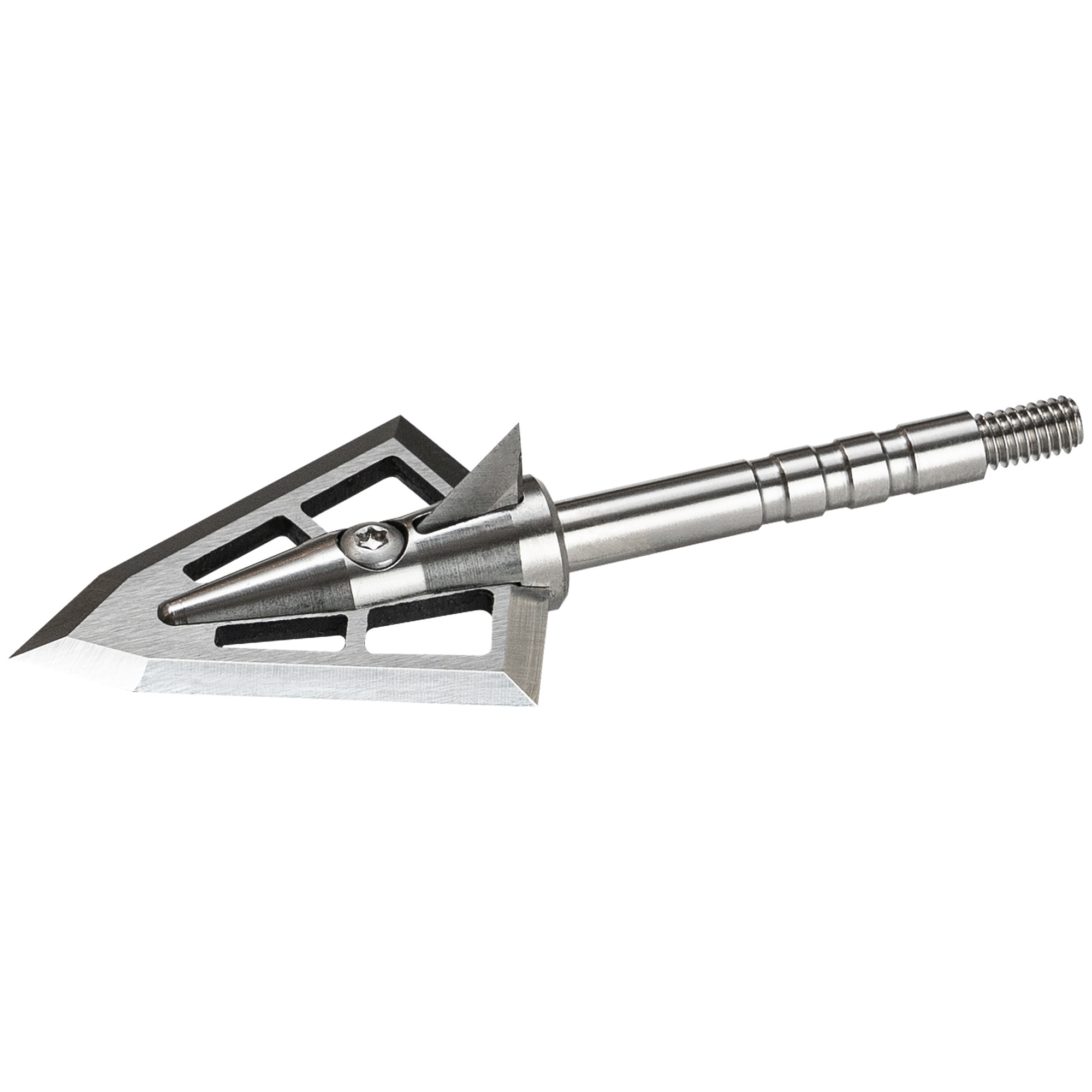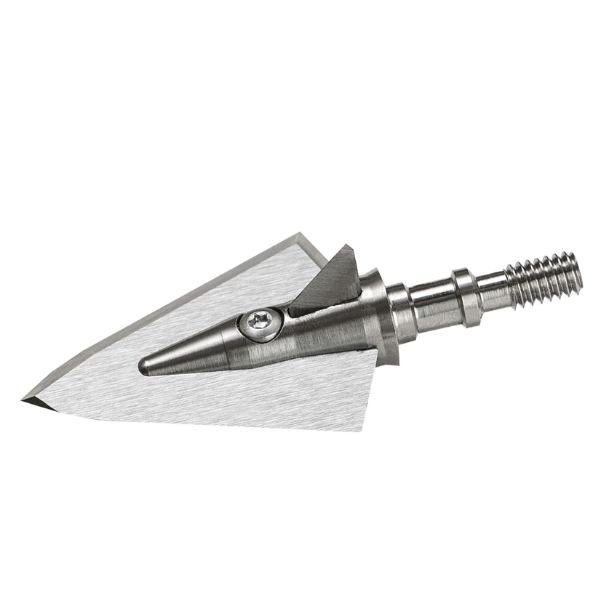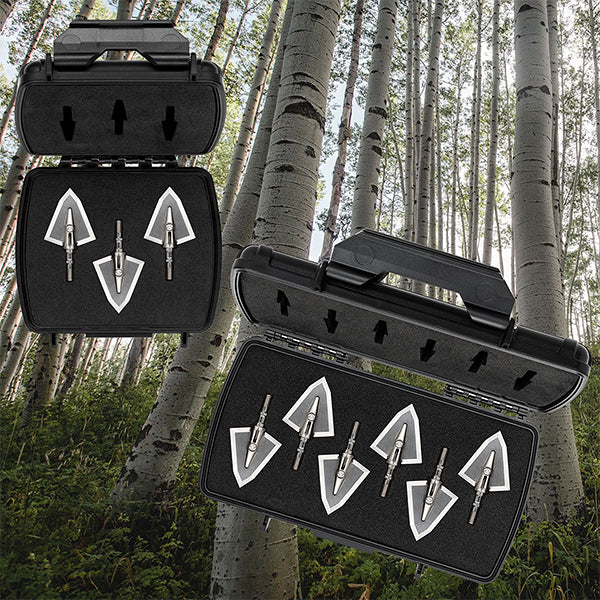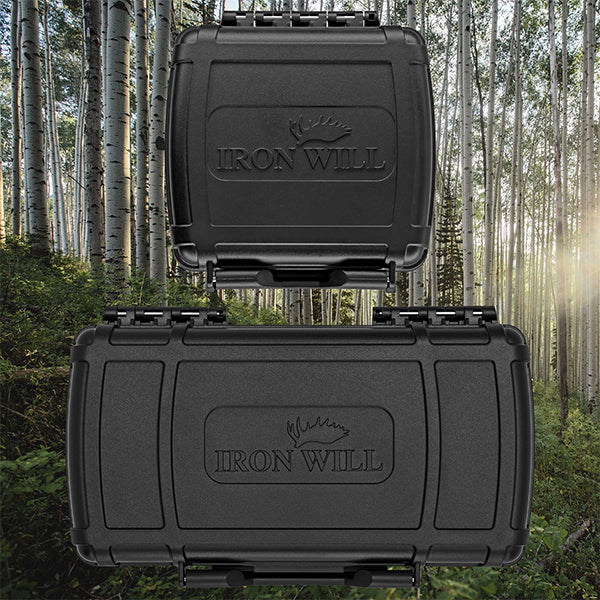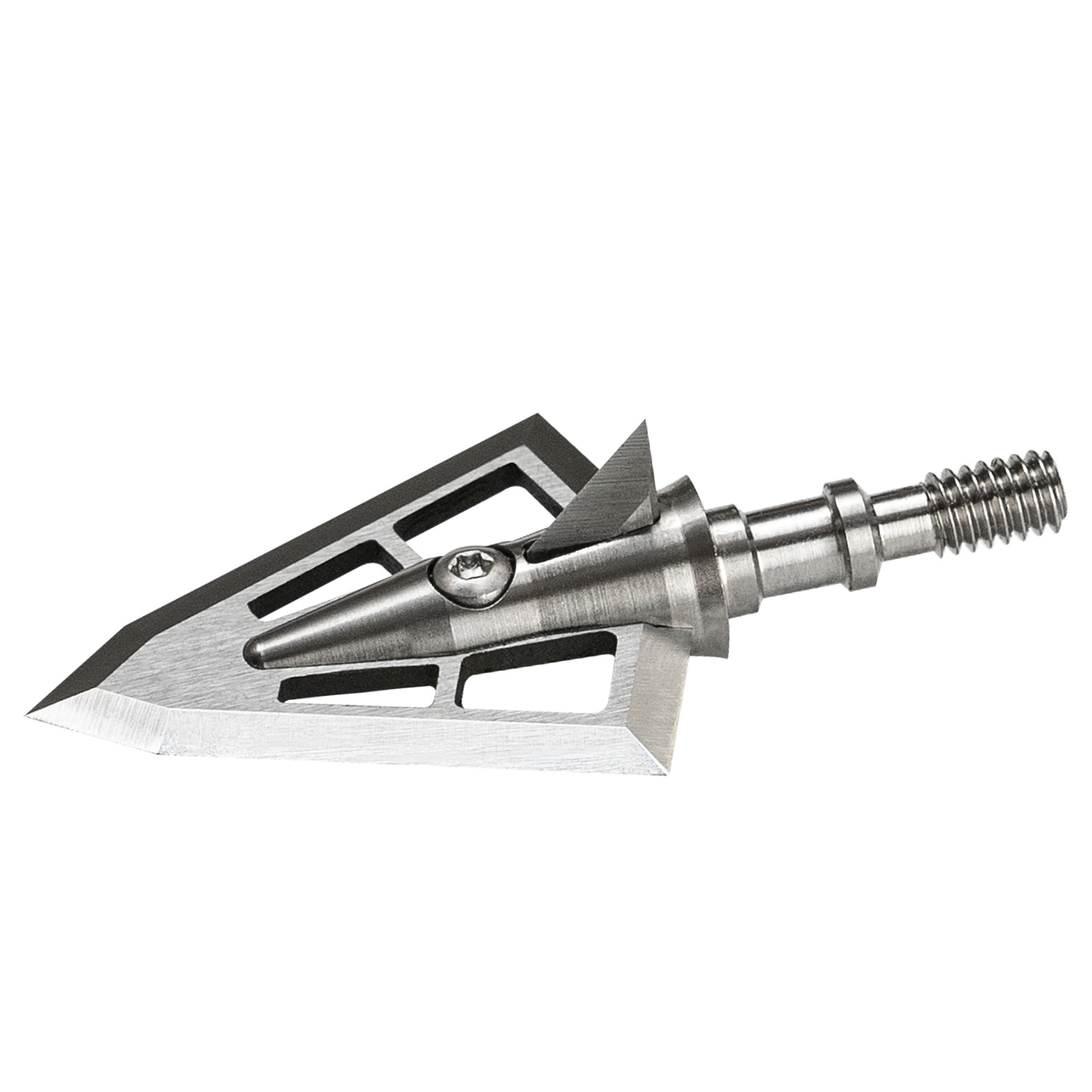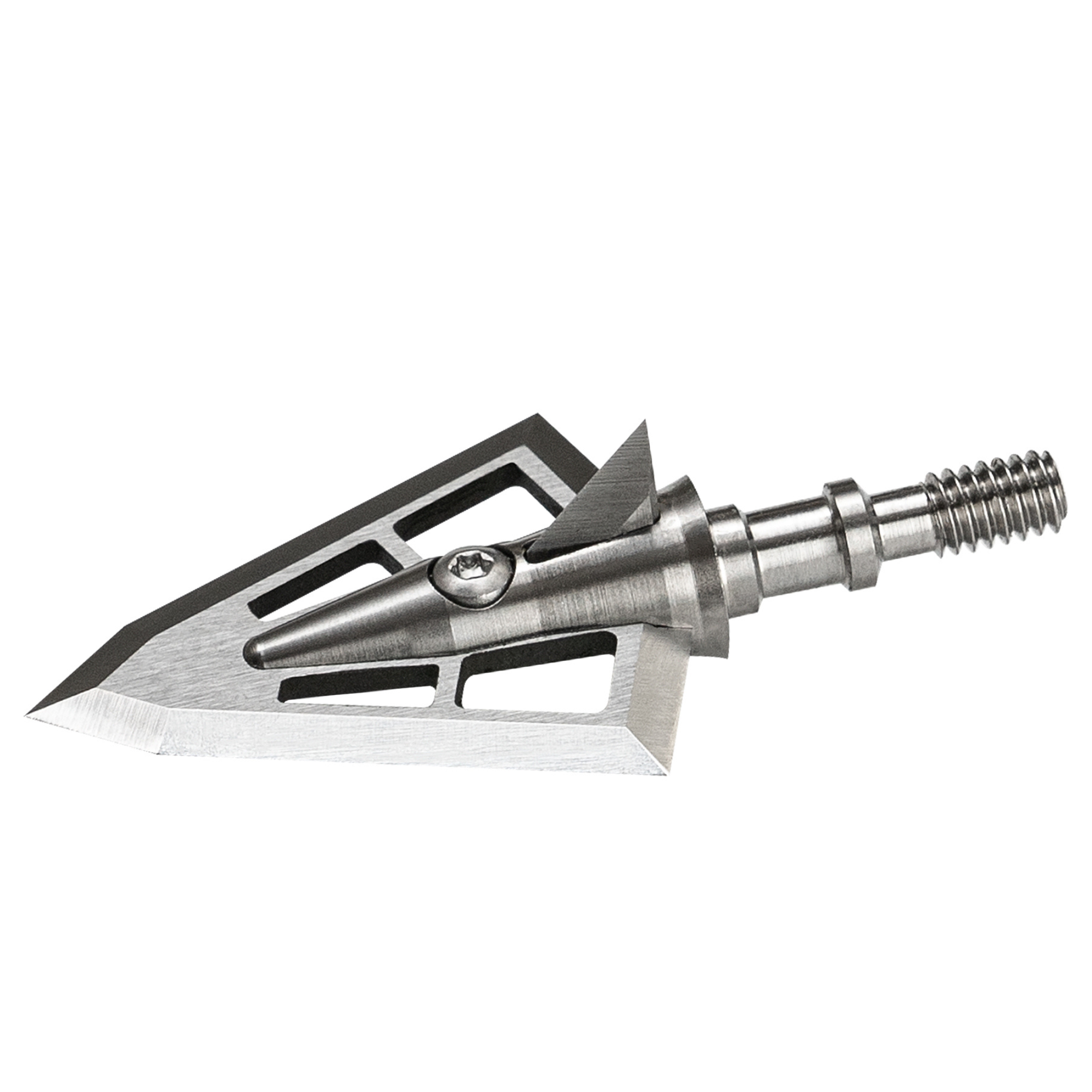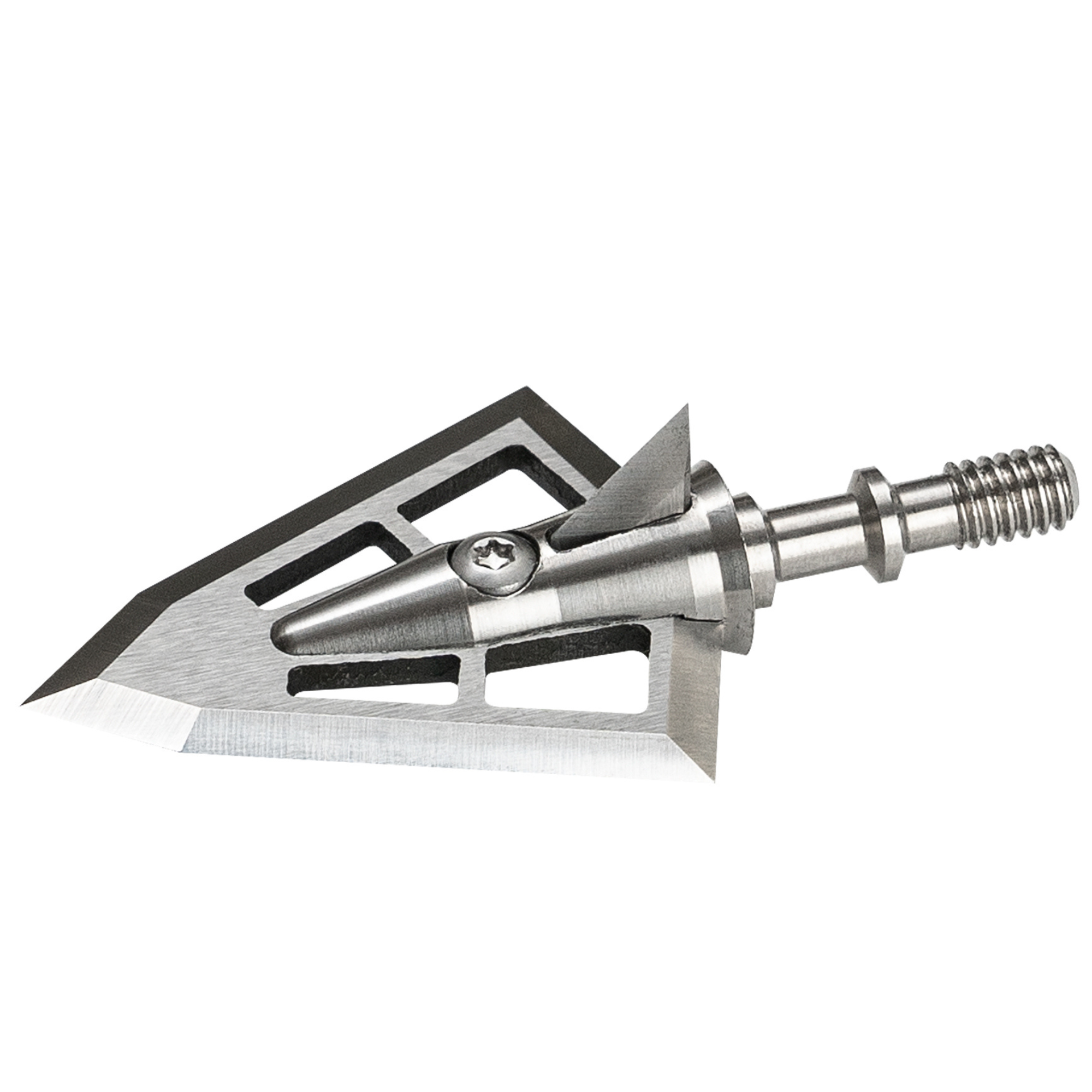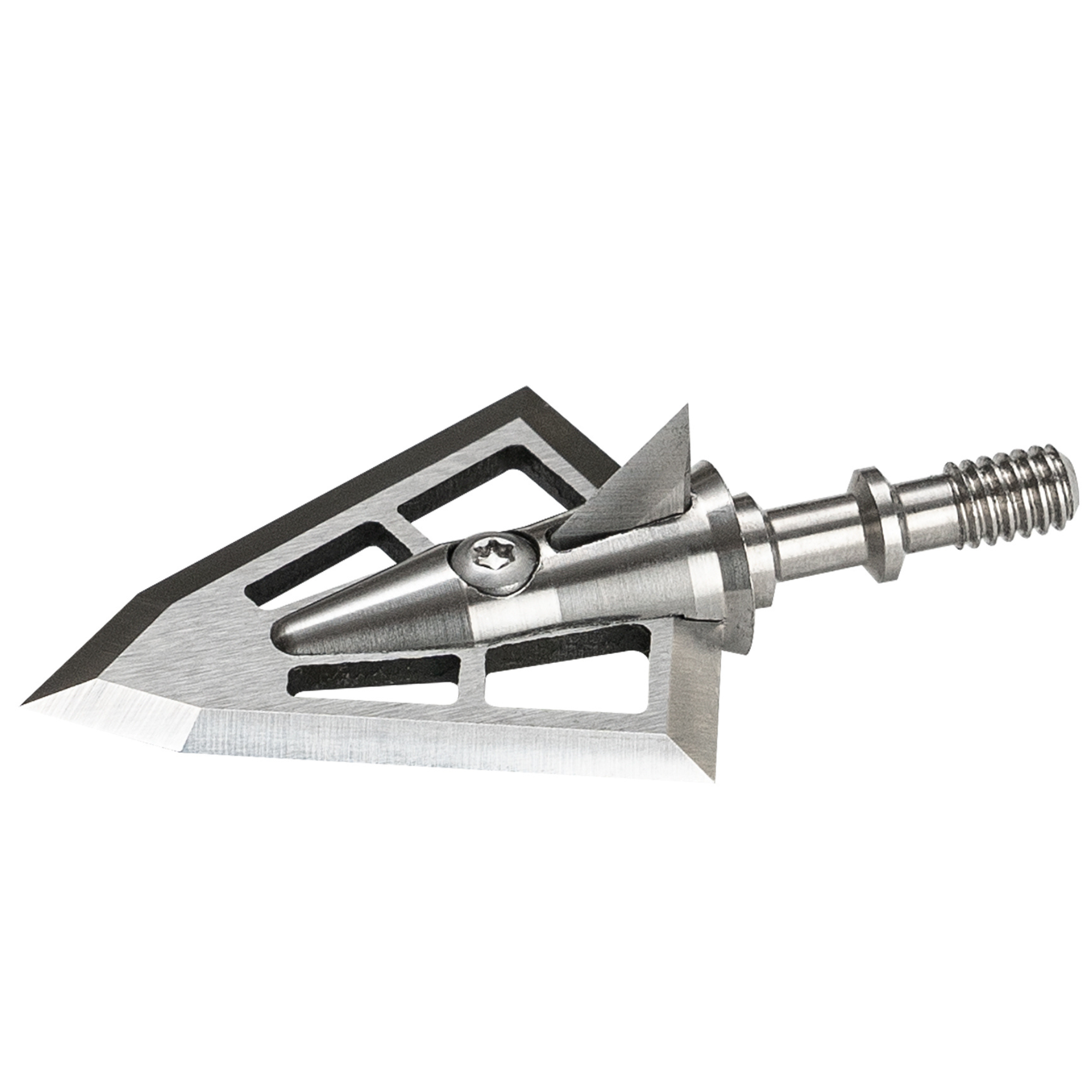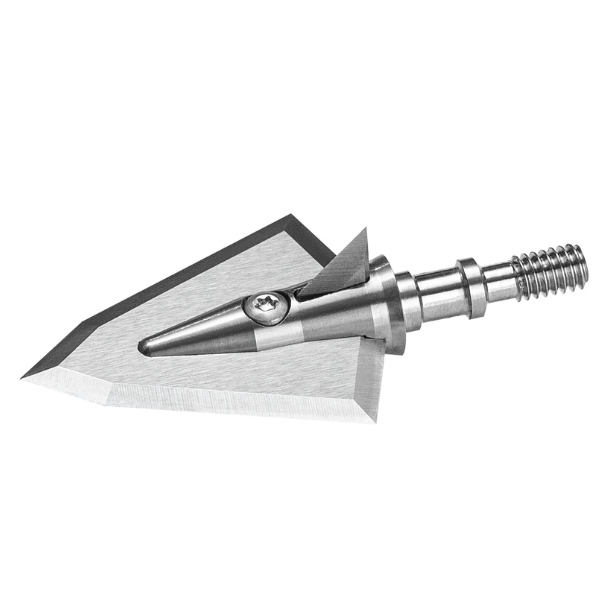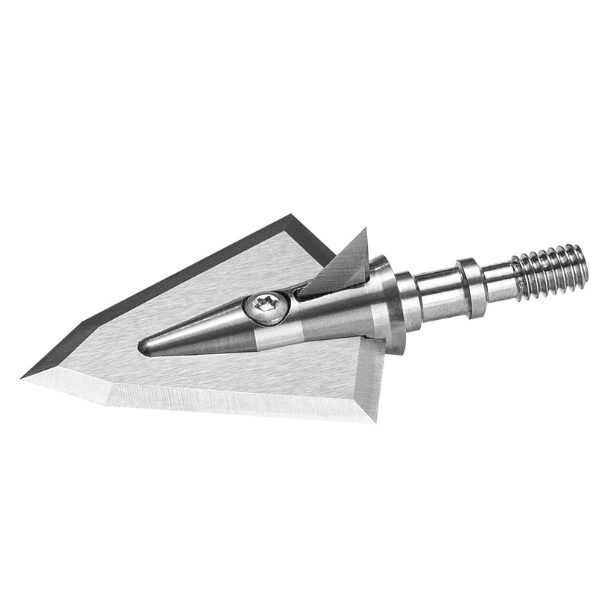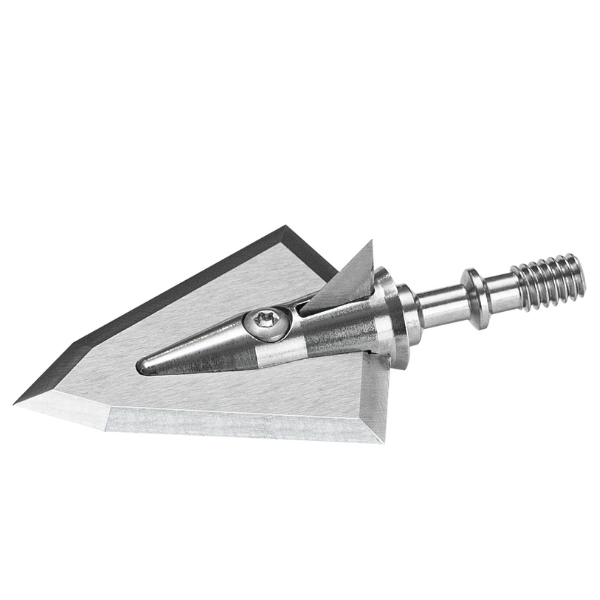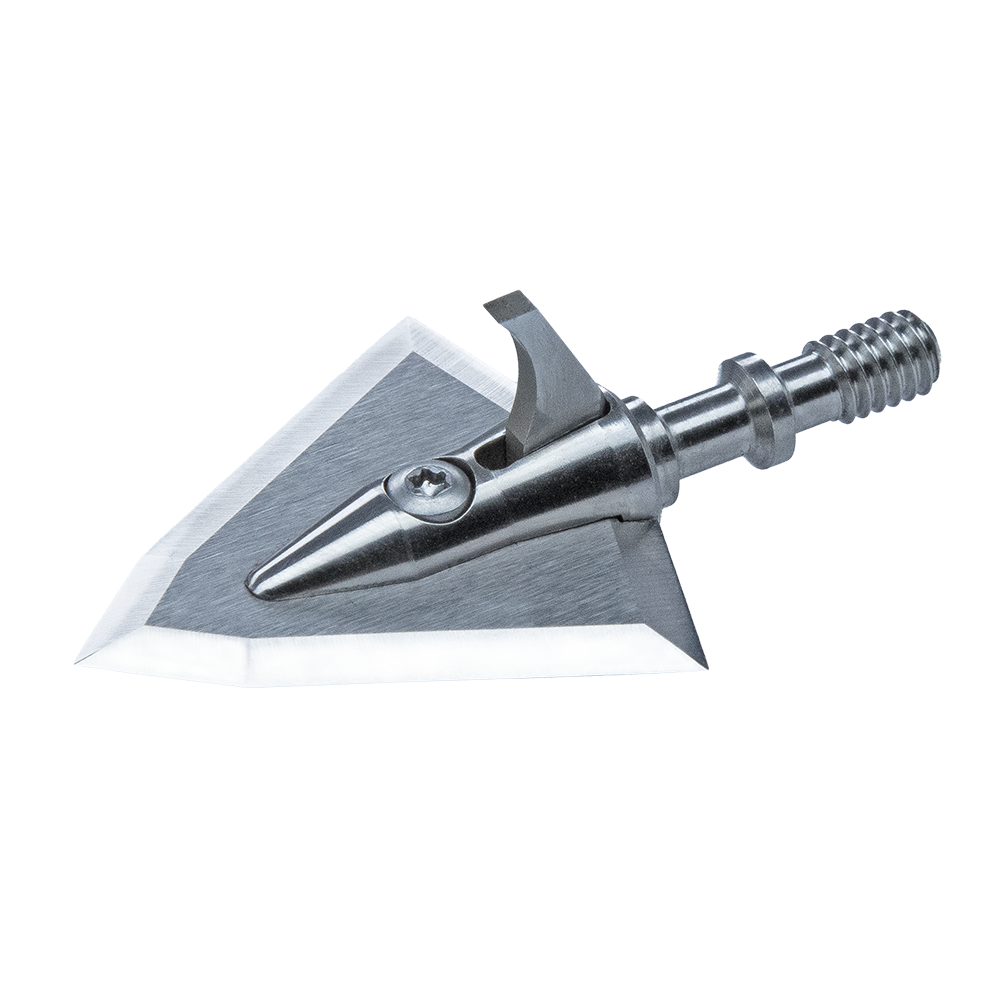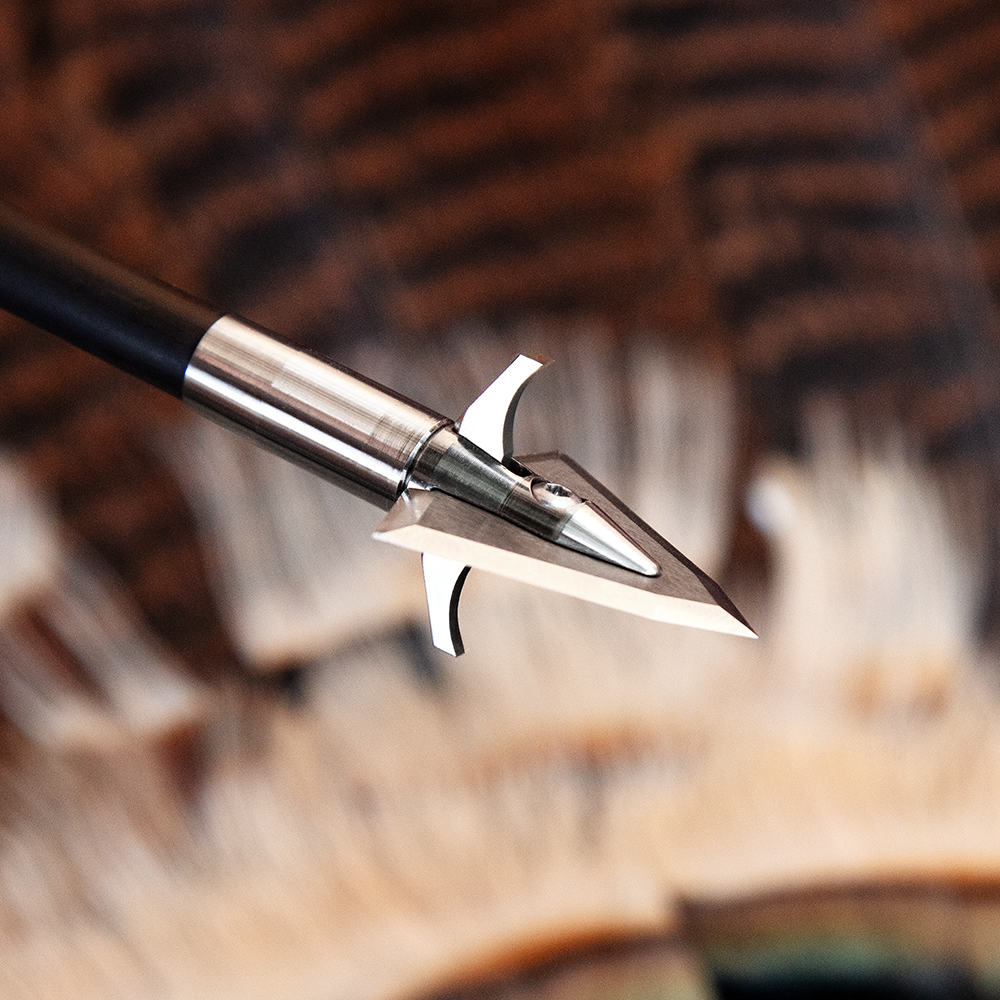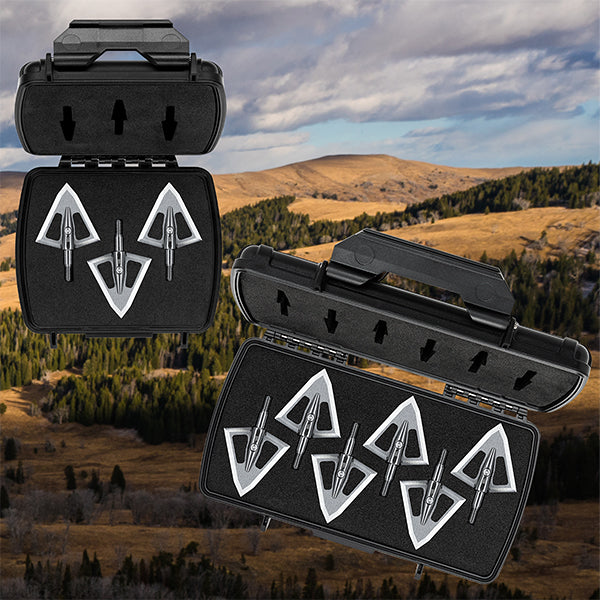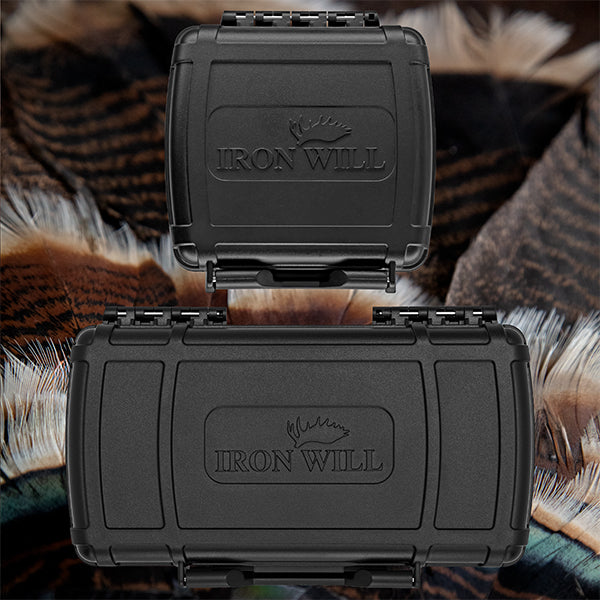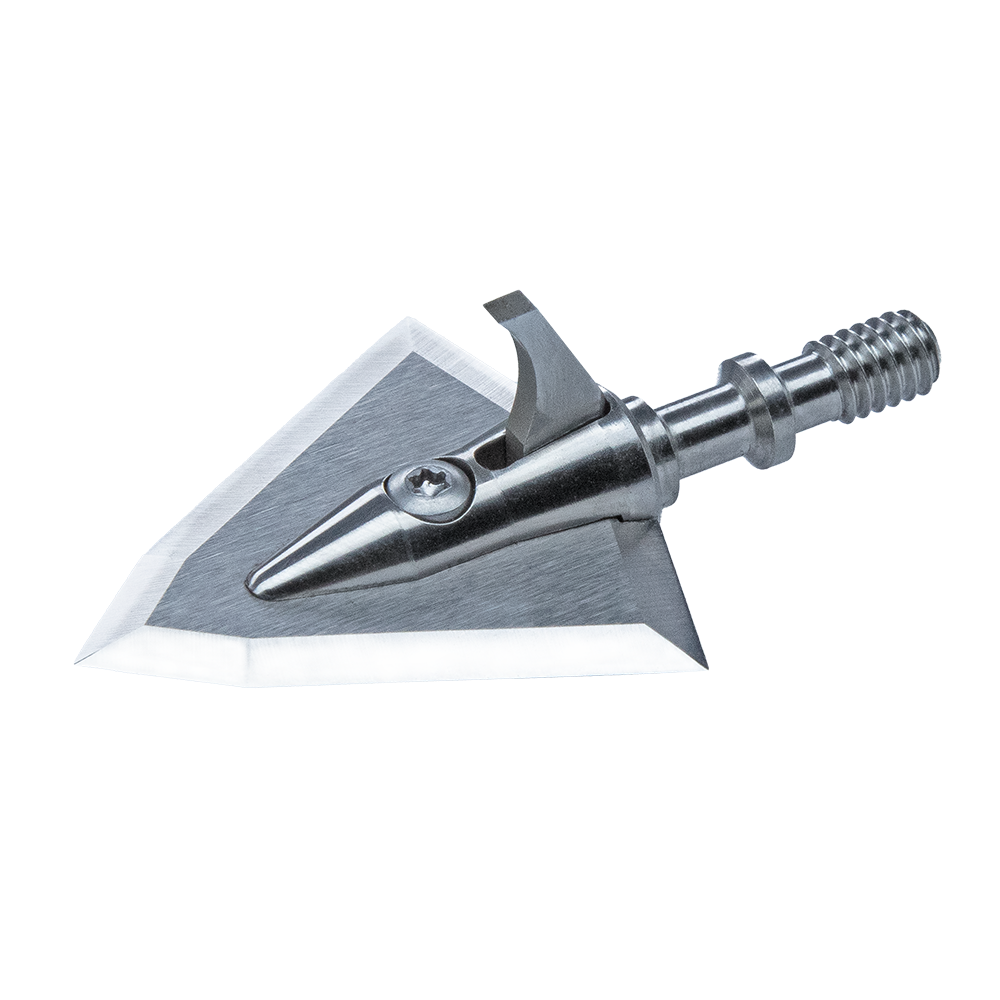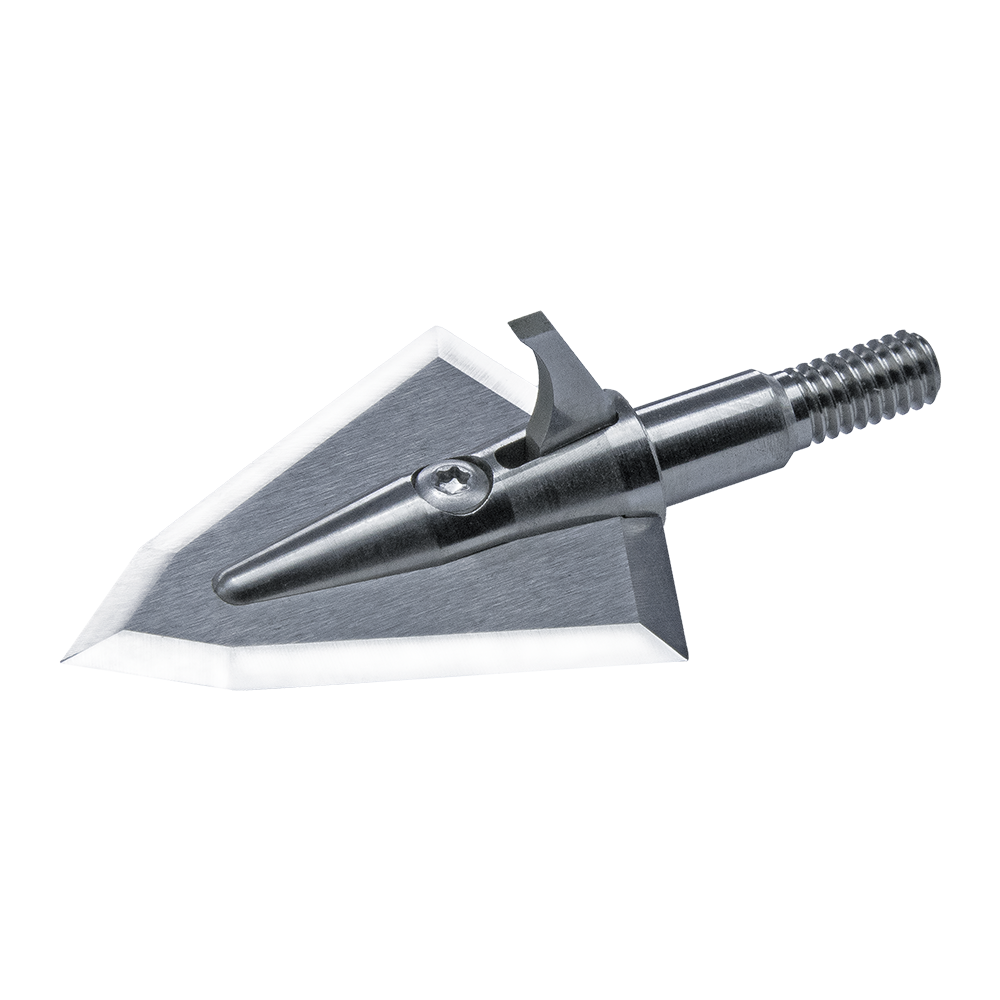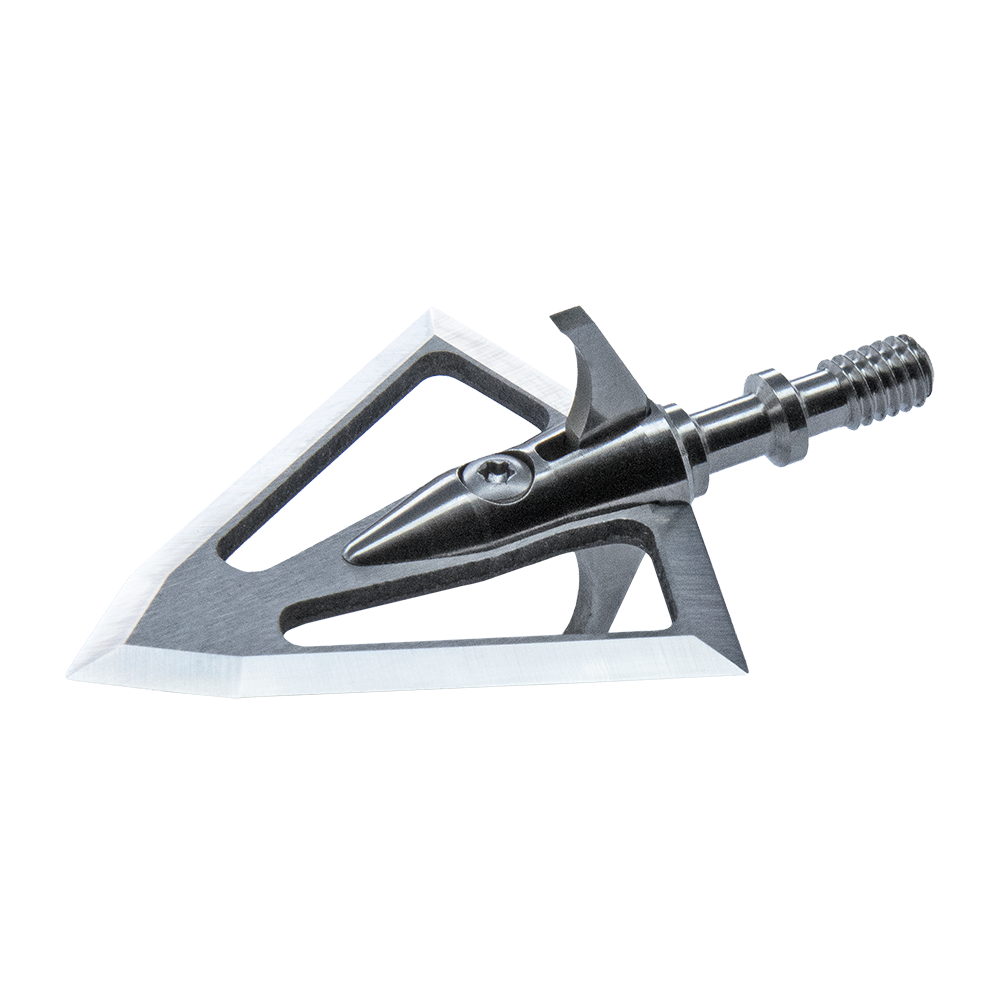Iron Will broadheads are some of the most expensive on the market. Quite frankly, they should cost much more.
Our goal isn't to create expensive broadheads, however. Instead, we're in a relentless pursuit to combine the highest quality materials with the best engineering and most demanding tolerances so with an animal down range, bow hunters can have maximum confidence their broadhead will finish the job. We think there's too much on the line to produce anything less than the best. Knowing what we've learned, we won't jeopardize our hunts, and don't believe you should jeopardize yours either.
In this video, Iron Will Owner and Chief Engineer Bill Vanderheyden takes you behind the scenes to uncover what makes Iron Will broadheads so expensive, and in turn, what makes cheap broadheads so unreliable.
WHY EXPENSIVE BROADHEAD BLADES?
Typical broadhead blades are made from a thin 420 stainless steel coil that can be run through a stamping machine taking only seconds to make each part. They can be stamped, heat treated, sharpened, and then drop out the back of the machine. This process costs dimes, but leaves a lot of room for error with tolerances. Blades made by this process cost dimes to make and are relatively low in quality, durability, and edge retention.
Iron Will broadhead blades are made with 0.062" thick A2 Tool Steel, which is a thicker premium high alloy tool steel. This material composition is ideal for excellent sharpness along with the high impact scenarios broadheads encounter. Iron Will blades start out as individual blanks. Then, they are put through a heat treat process that includes a cryogenic treatment. The cryogenic treatment ensures all the austenite is converted to martensite which has a very hard and dense microstructure. The blade then goes through a triple tempering process to maintain a high 60 Rockwell C hardness while maintaining toughness for great impact strength. Next comes a multi-stage grinding and honing process on each sharpened edge. This produces an extremely sharp edge, which is best illustrated under a microscope. Our quality control steps ensure edges are dead sharp since we can measure a radius down to 0.0001 of an inch.
WHY EXPENSIVE FERRULES?
Broadhead ferrules must stand strong on heavy bone impact to maintain penetration. To do this, we use premium ferrule materials - either Grade 5 Titanium on our lighter weight ferrules or Hardened Stainless Steel on our heavier ferrules. We make these on a Swiss CNC machine where we hold tolerances down to incredibly precise 0.0001 of an inch.
By holding these incredibly tight tolerances, we can ensure the broadhead is going to spin true and fly great at long range. This is very expensive to produce. However, poor tolerances in this area are responsible for the variation that plagues lower quality broadheads.
BROADHEADS SHOULDN'T BE DISPOSABLE
Most broadheads are disposable. Hard bone impacts are going to damage these broadheads. Blades bend or break. Ferrules bend and no longer spin true. This isn't appropriate when it comes to attempting to successfully harvest animals.
The high strength materials we use ensures they stand firm on hard bone impacts and can be reused hunt after hunt - saving hunters money in the long run. The premium material characteristics coupled with the engineering characteristics allow Iron Will broadheads to pass through bones without bending or breaking. Edges will stay sharp through the entire animal for maximum penetration.
In all, Iron Will broadheads cost more because like a high end knife, their manufacturing process is very extensive - requiring higher quality operators, processes, and materials to produce the ideal product. So when a bow hunter screws an Iron Will broadhead onto the end of their arrow, we stand behind them knowing they have the ideal tool to finish the job.







